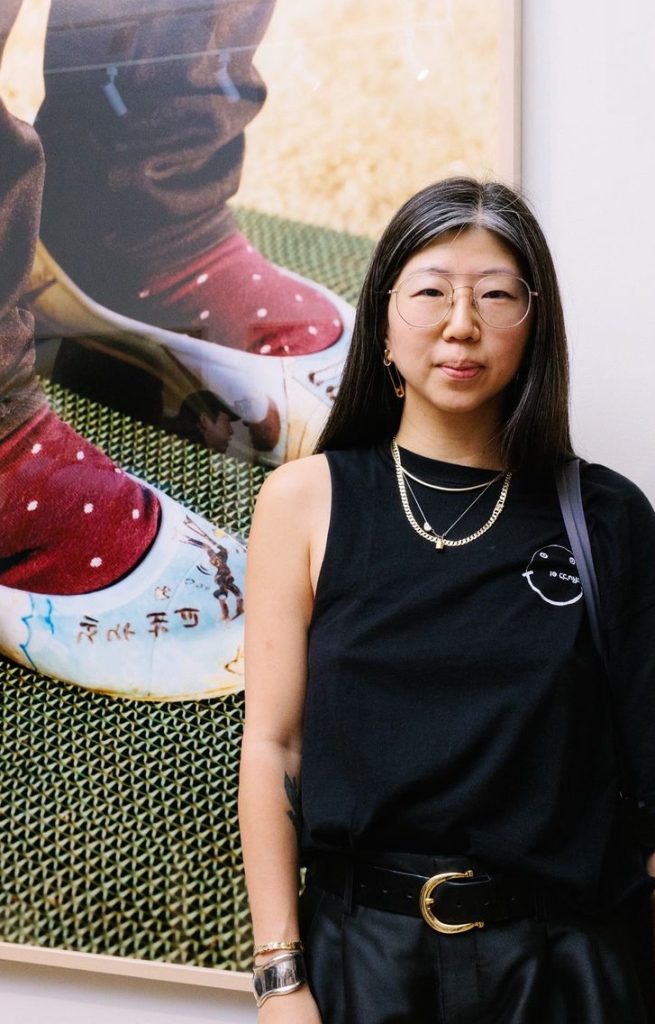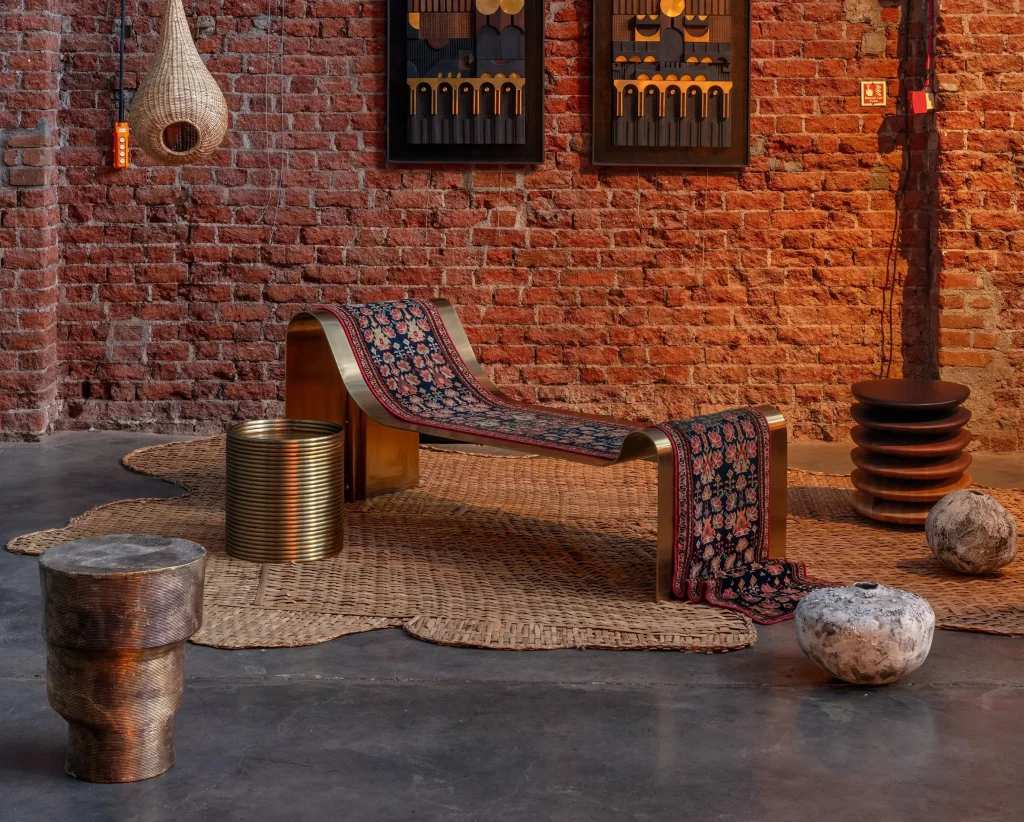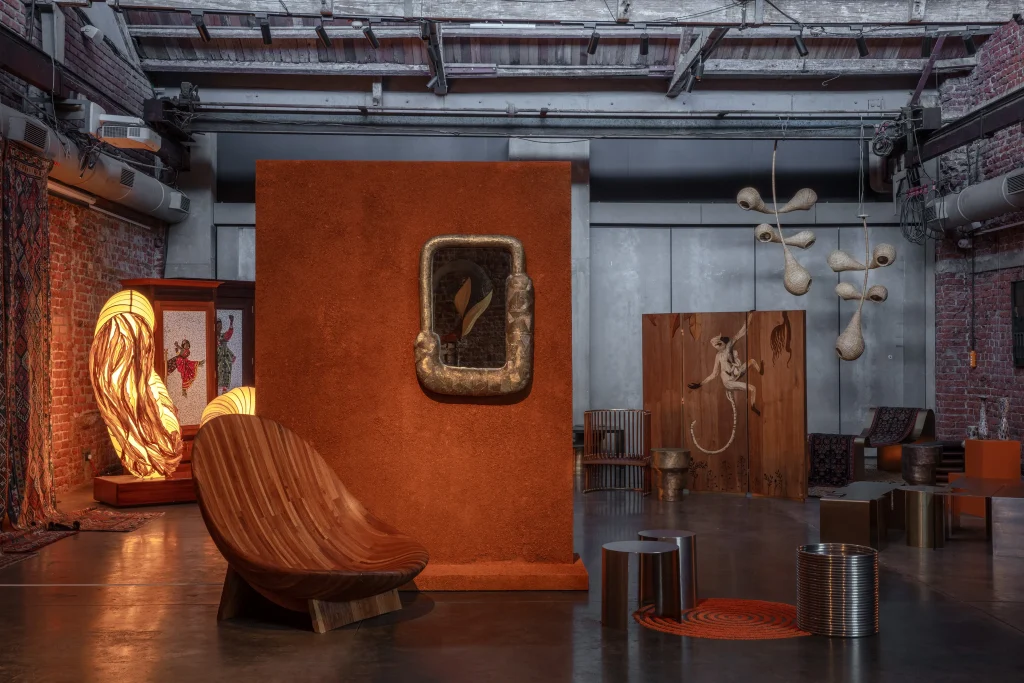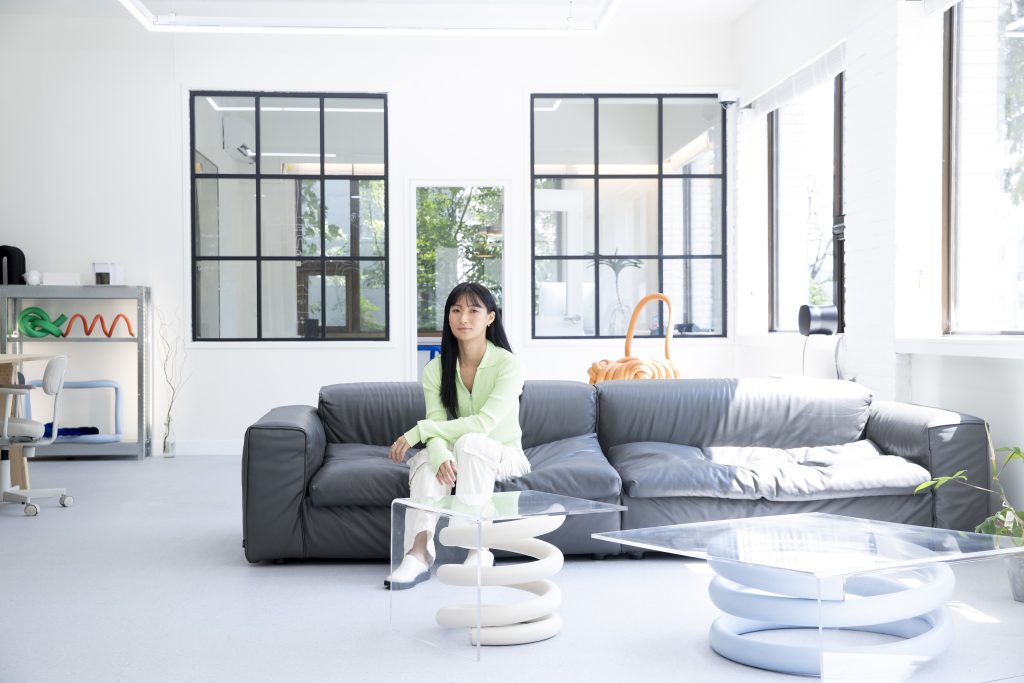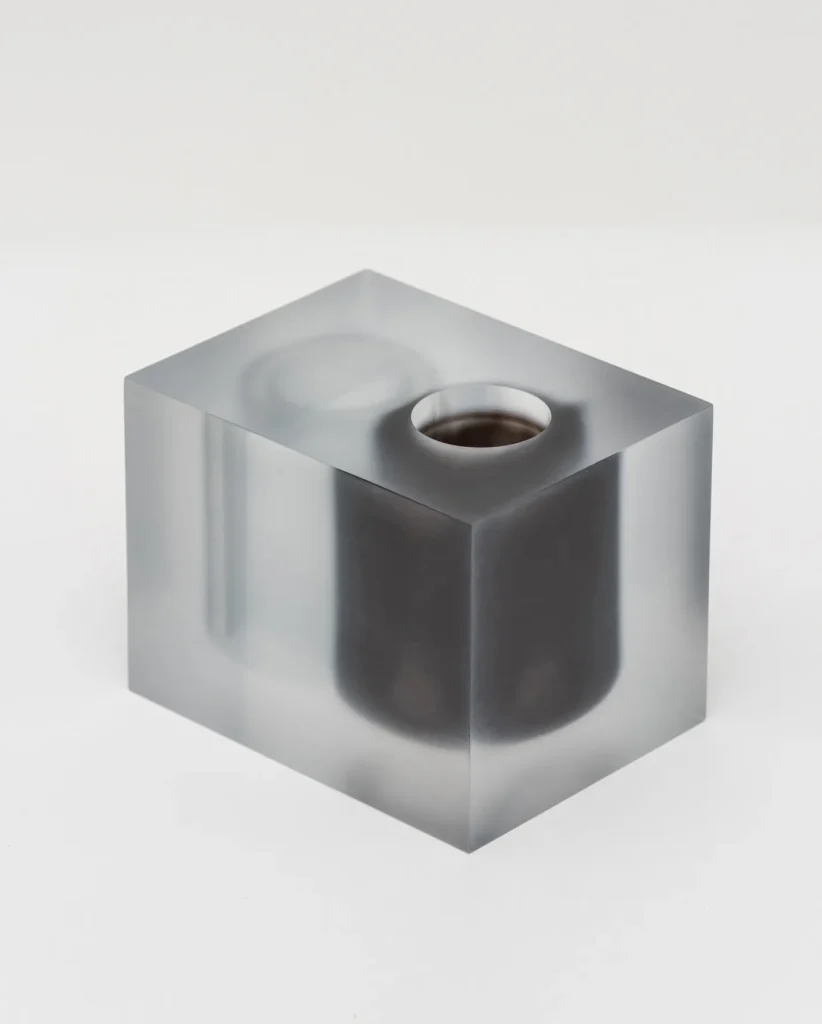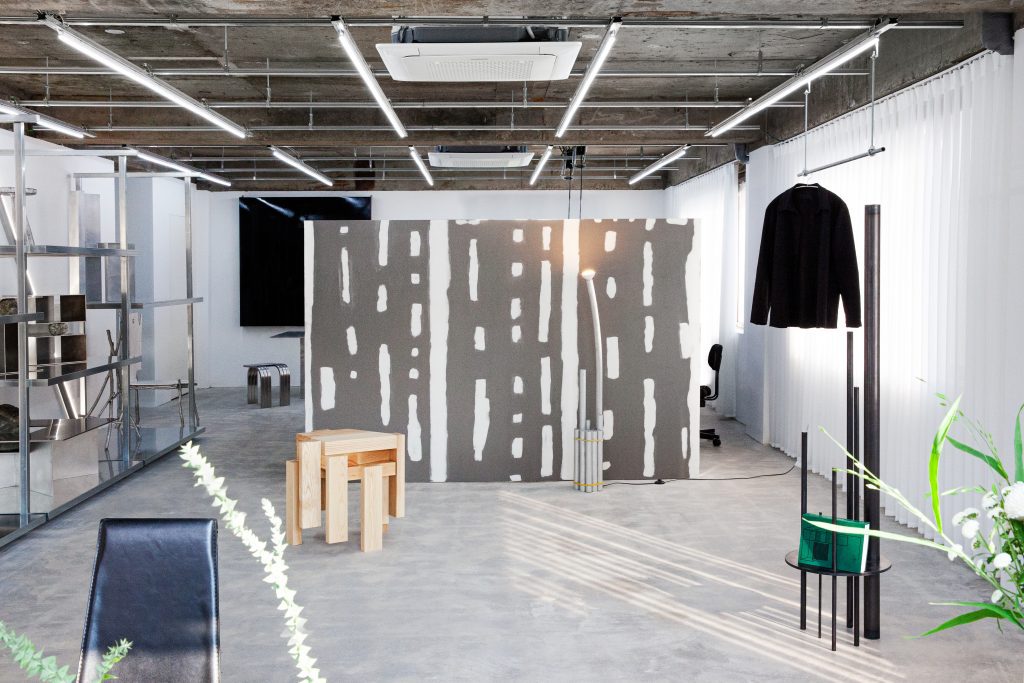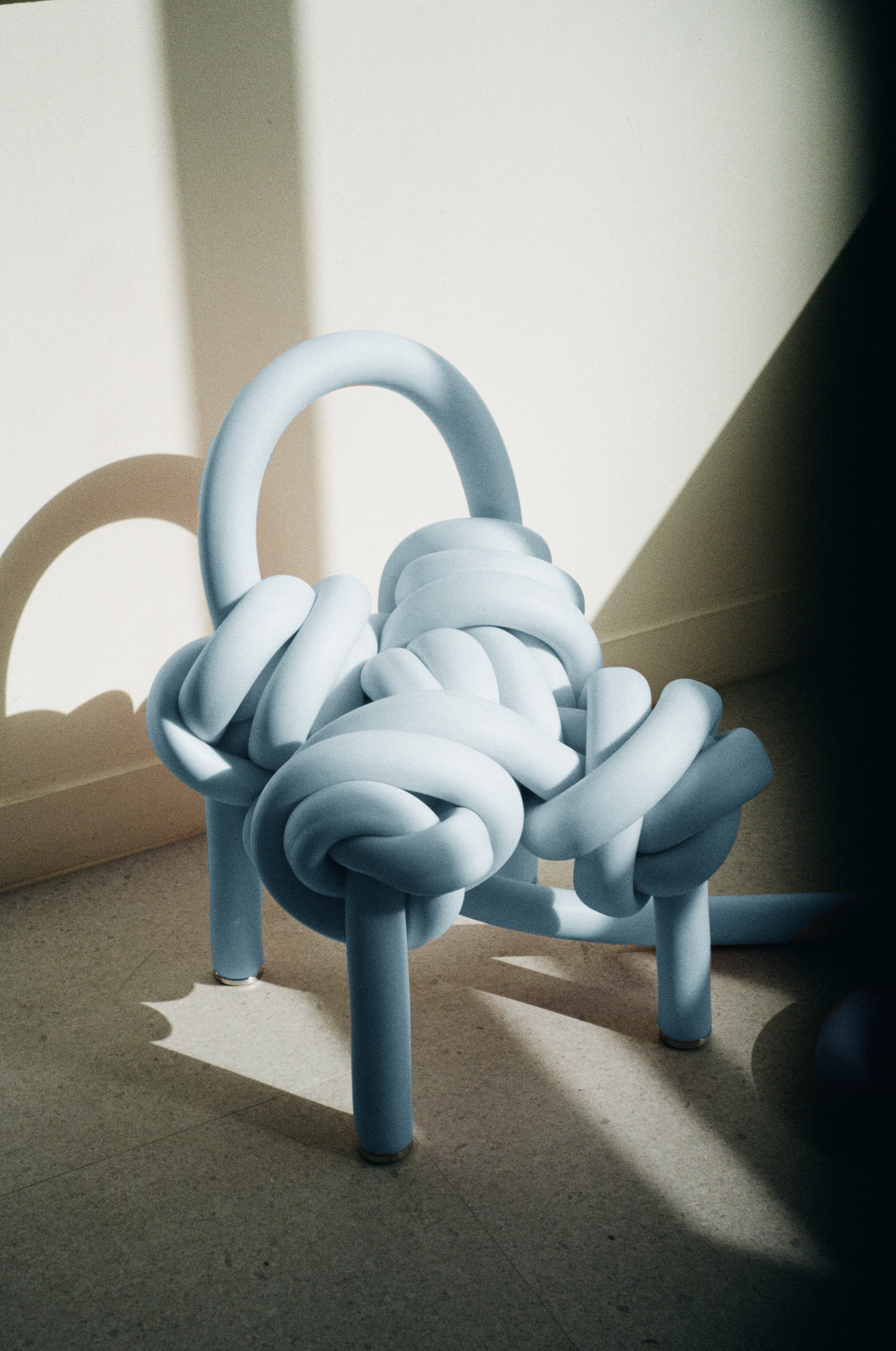
Why Korean Design is the Next Global Obsession
Amid the rapid currents of a global cultural renaissance, a quieter yet profound force is emerging from Korea: the Seoul design scene. This scene is a paradox, a practice simultaneously rooted in ancient traditions yet undeniably reshaping the global creative landscape. As Korea’s creativity finds its footing on the world stage, it walks a delicate tightrope—balancing tradition with modernity, individuality with collective cultural identity. Fighting against the burden of today’s fast-paced content feeds or the expectations set by the global virality of Korean media, Korean design demands a more deliberate engagement. It invites us to slow down and appreciate the intricate dialogue between past and future, between heritage and innovation.
The Korean design scene represents a remarkable convergence of seemingly contradictory forces. It spans diverse disciplines while maintaining coherent themes embraces both tradition and innovation, and balances simplicity with bold experimentation. “There is a deeply rooted cultural heritage that is constantly evolving – forward-looking and responsive to global shifts,” notes Sandy Park, curator of Adorno’s collection – Design Destination: Seoul. “The work feels both timeless and contemporary – the story is one of adaptation and expression, navigating the delicate balance between honoring the past and shaping the future.”
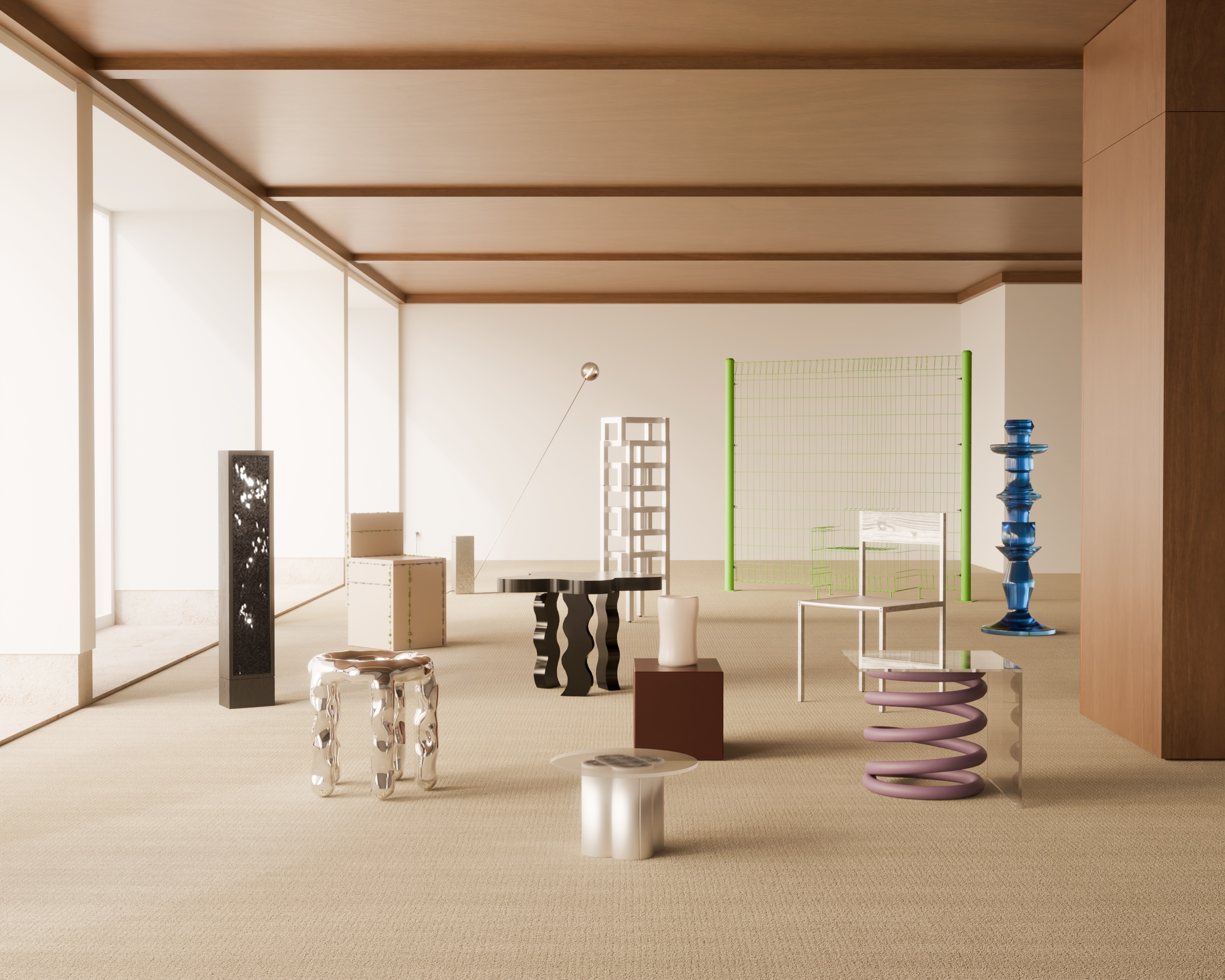

The Resilient Spirit of Korean Design
What makes design uniquely Korean? The answer lies not in a single aesthetic or material choice but in its remarkable adaptability. This adaptability isn’t merely about following trends – it represents a deeper cultural capacity for transformation while maintaining essence. Korean design culture demonstrates an extraordinary ability to absorb influences and techniques while transmuting them into something distinctly its own.
“When looking at these artists, I loved seeing the diverse backgrounds that each had. From product design and graphic design to architecture and fine art – there is a converging of interdisciplinary approaches that reflects Seoul’s progressive design culture.”
Sandy Park
Curator


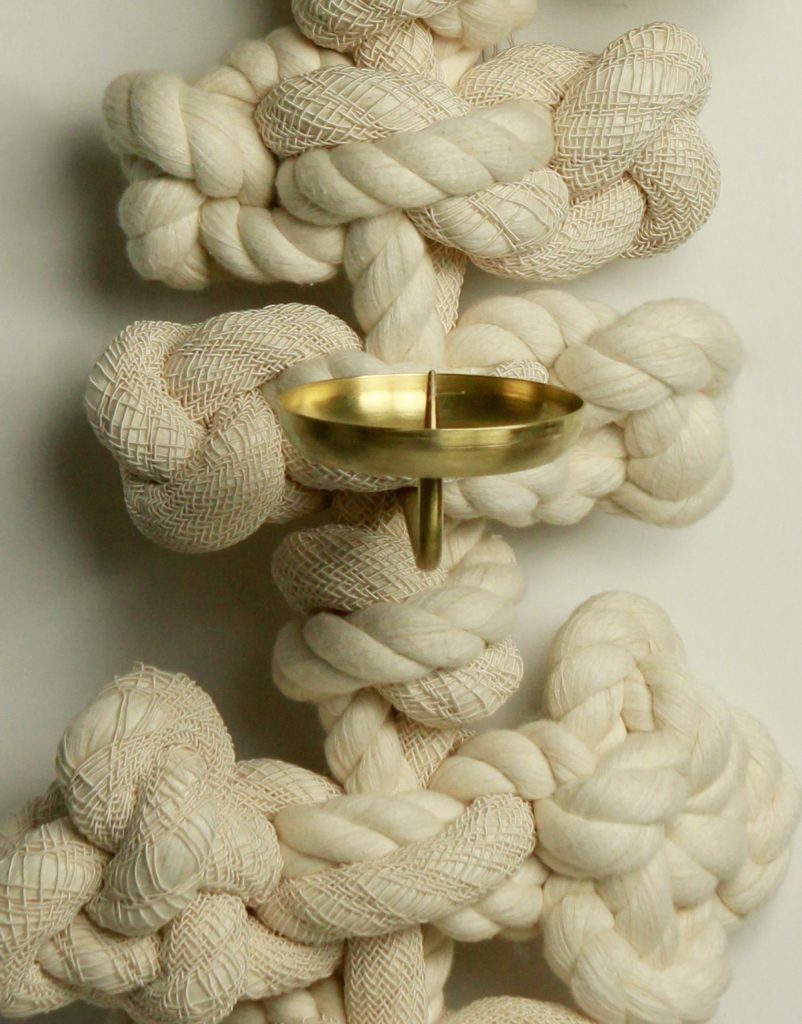

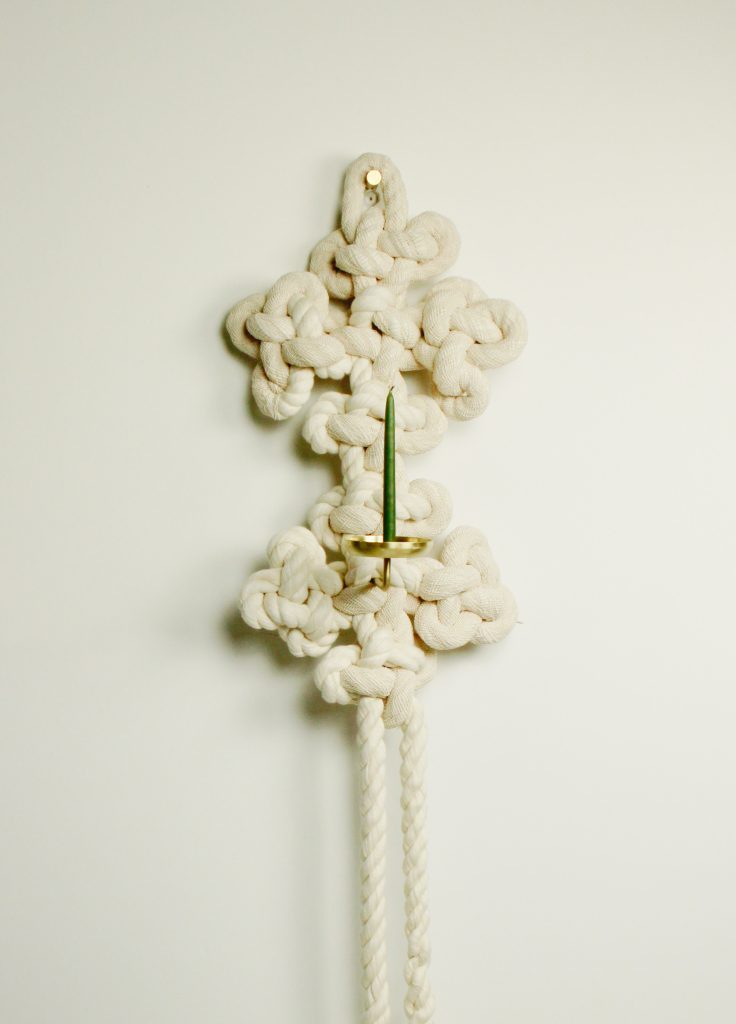

This transformative quality manifests across scales and mediums. WKND Lab’s Maedeup exemplifies this approach at an intimate scale, where traditional Korean knotting techniques merge with contemporary sculptural forms. The studio, founded by Eunji Jun and Halin Lee, doesn’t simply preserve craft traditions – they actively evolve them, pushing toward environmental consciousness while maintaining cultural resonance. Their Jagae Table demonstrates this evolution perfectly: mother-of-pearl inlay, worked by master artisans, creates patterns that feel both timeless and startlingly contemporary.
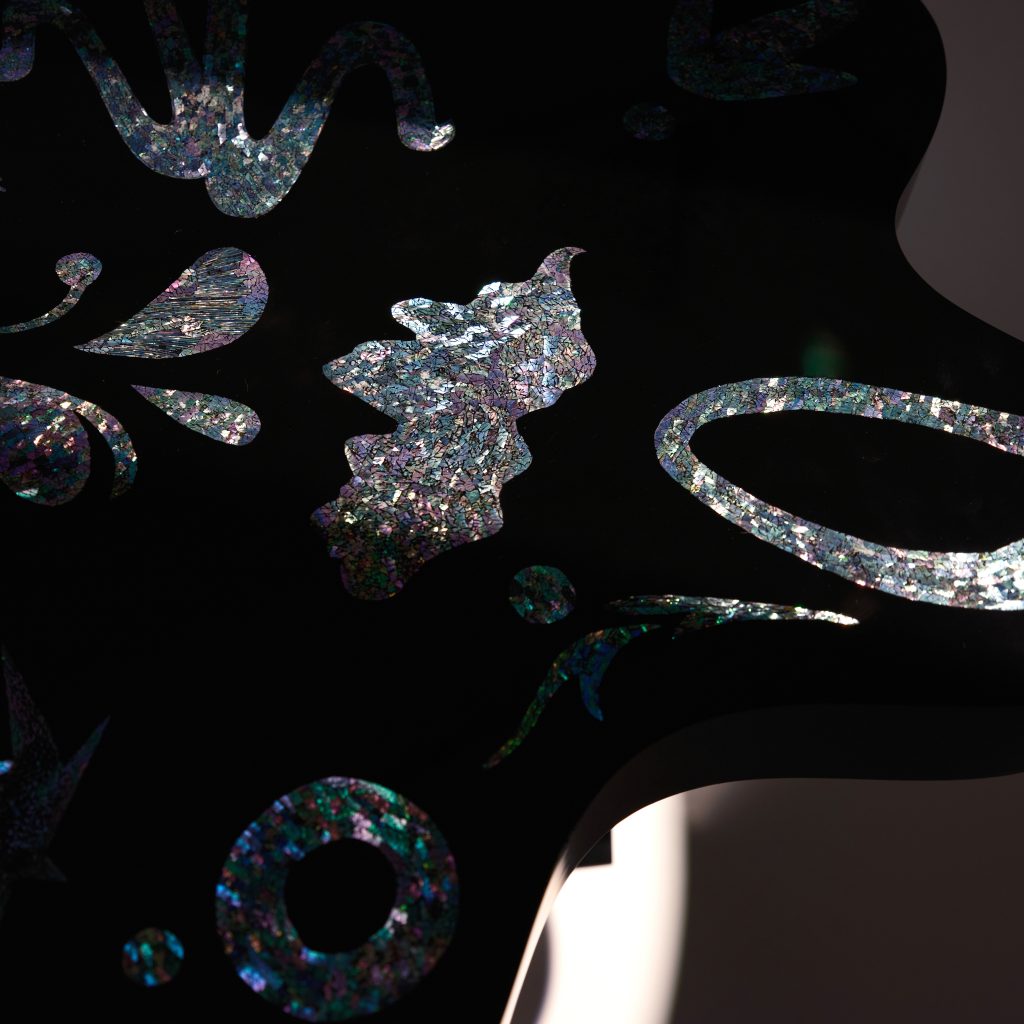

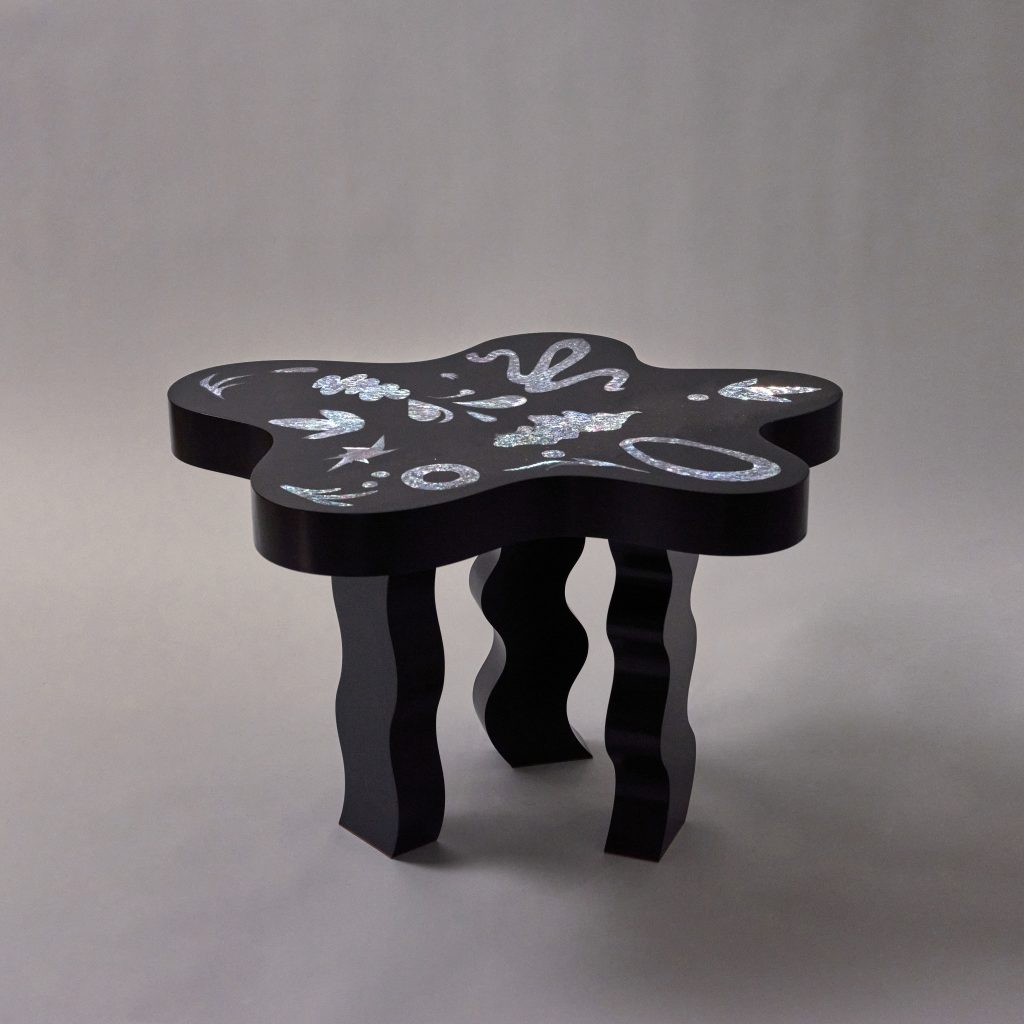

The adaptability of Korean design extends beyond aesthetics into structural innovation. Dongwook Choi’s Crest and Trough Series transforms natural wave phenomena into sculptural form through fiberglass-reinforced plastic and chrome coating. This technical feat speaks to Korea’s facility with merging natural inspiration and industrial precision – a fusion that characterizes much of contemporary Korean design.
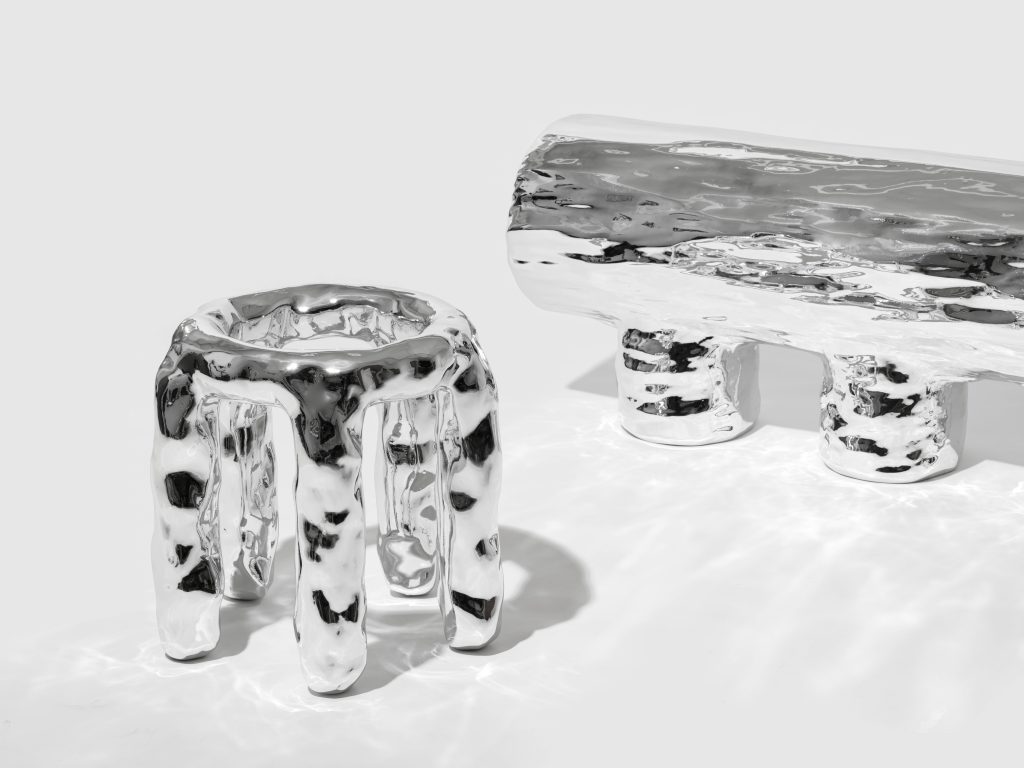

Material Innovation and Cultural Dialogue
Contemporary Korean designers are particularly adept at material experimentation, using innovative techniques to push boundaries while maintaining cultural relevance. “By embracing everyday materials,” Park notes, “designers signal a movement towards democratizing design – making beautiful and functional work from materials that may historically have been considered less prestigious. This then creates a new language/definition of design, one that values creativity, sustainability, and resourcefulness.”
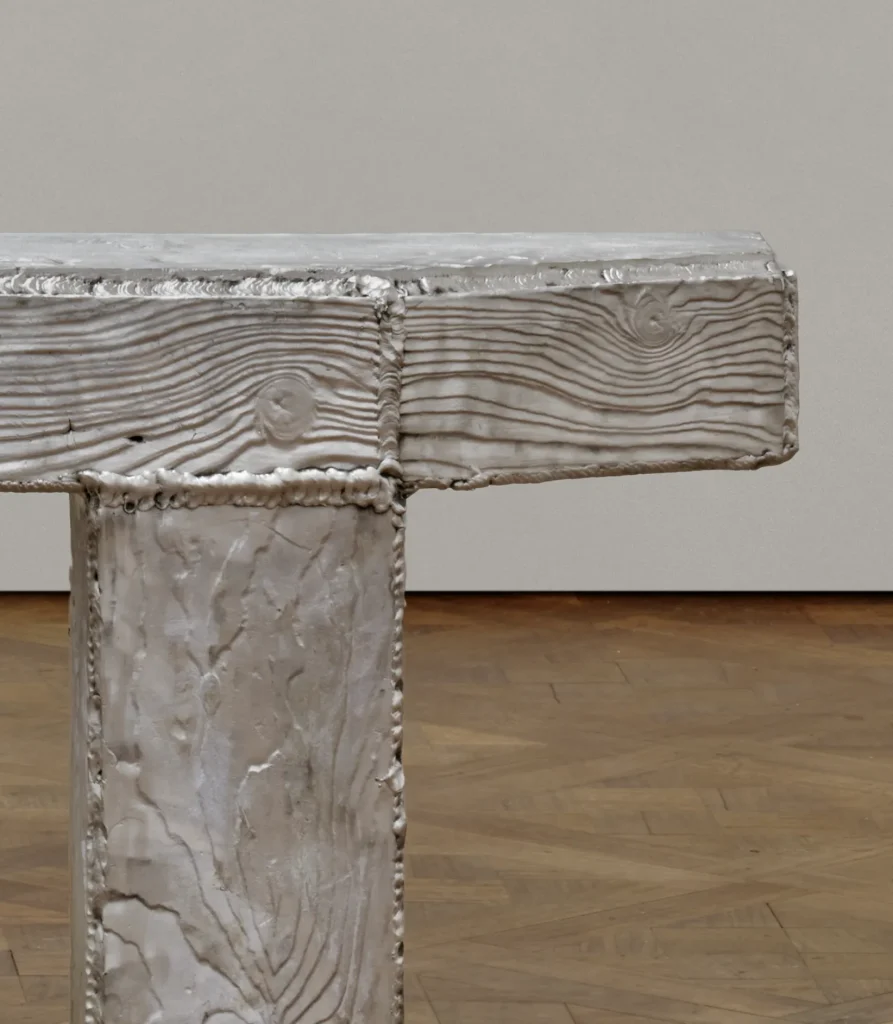

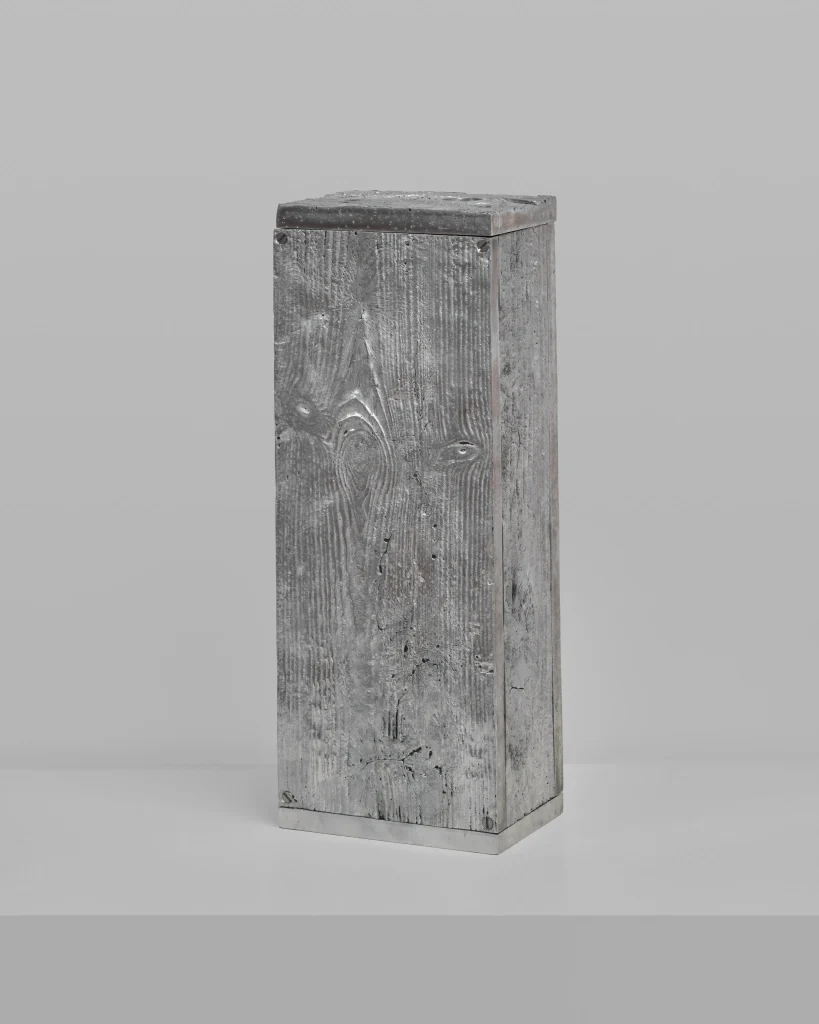



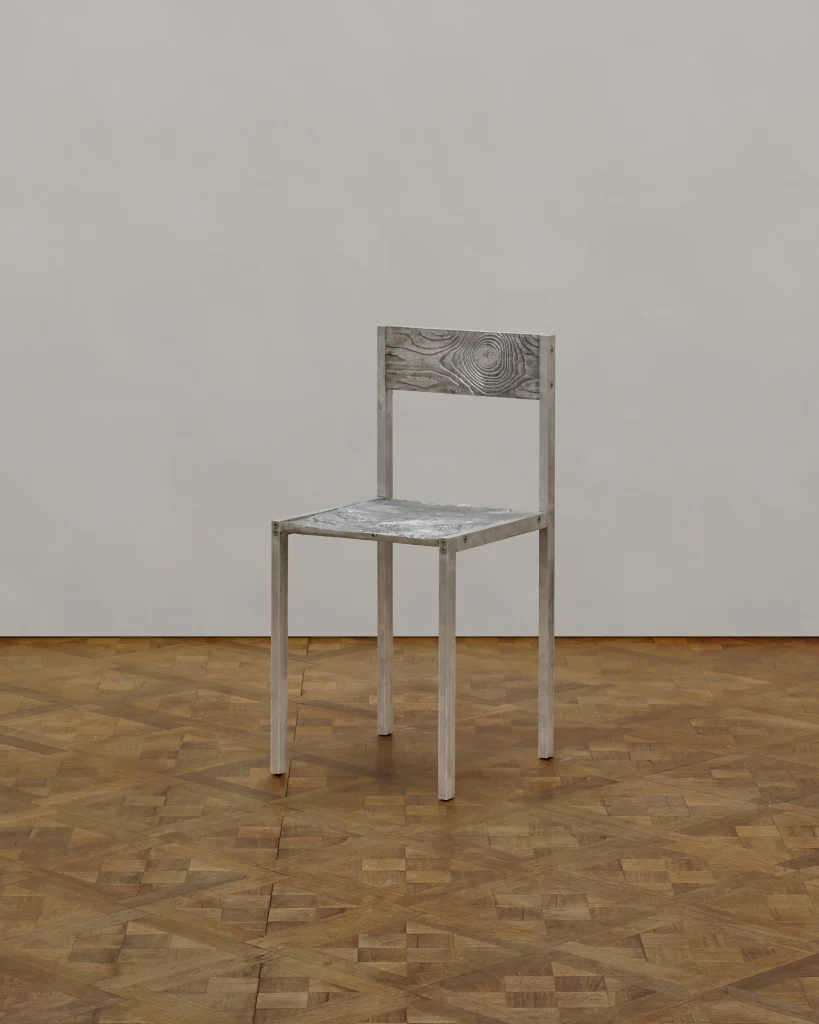

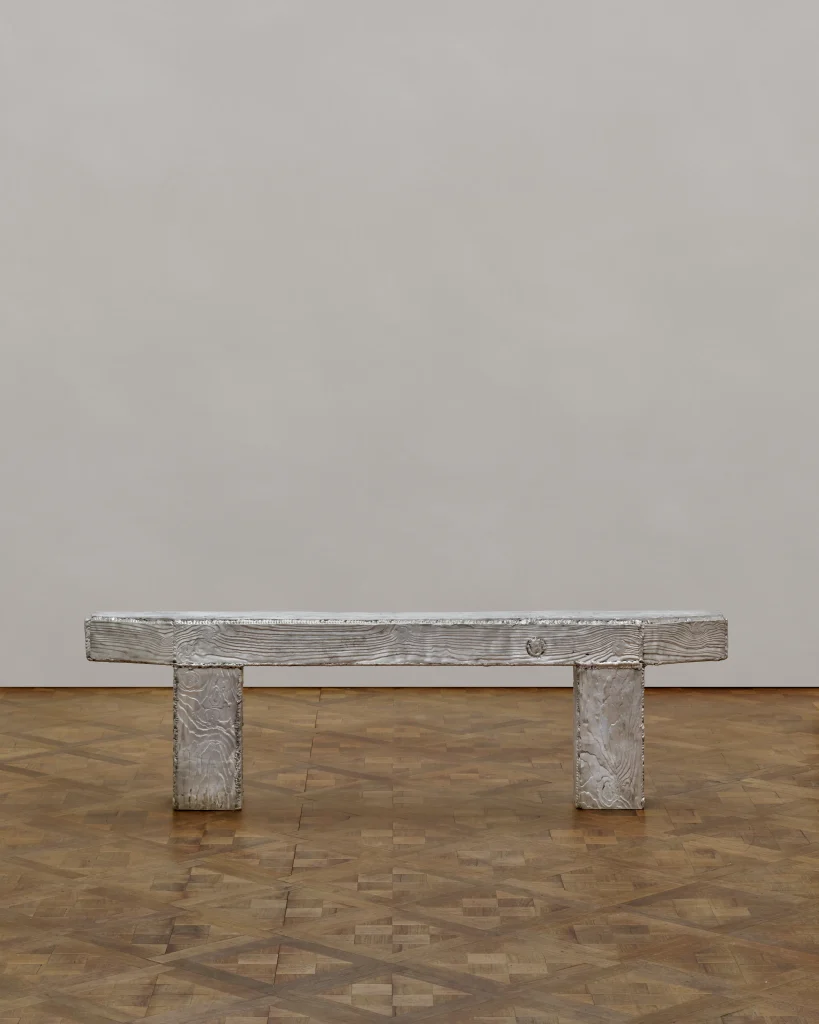

Bureau Parso’s Aluminum Veneer series demonstrates this through its translation of natural textures into recycled aluminum. By preserving and amplifying wood’s organic patterns in industrial metal, they create works that speak to transformation itself – pieces that embody both technical mastery and material poetry. Similarly, Rahee Yoon‘s Half series explores the distinctive aesthetics that emerge from identical materials and forms, creating pieces where edges exhibit a juxtaposition of rough and smooth textures, and surfaces alternate between full and spectral appearances.


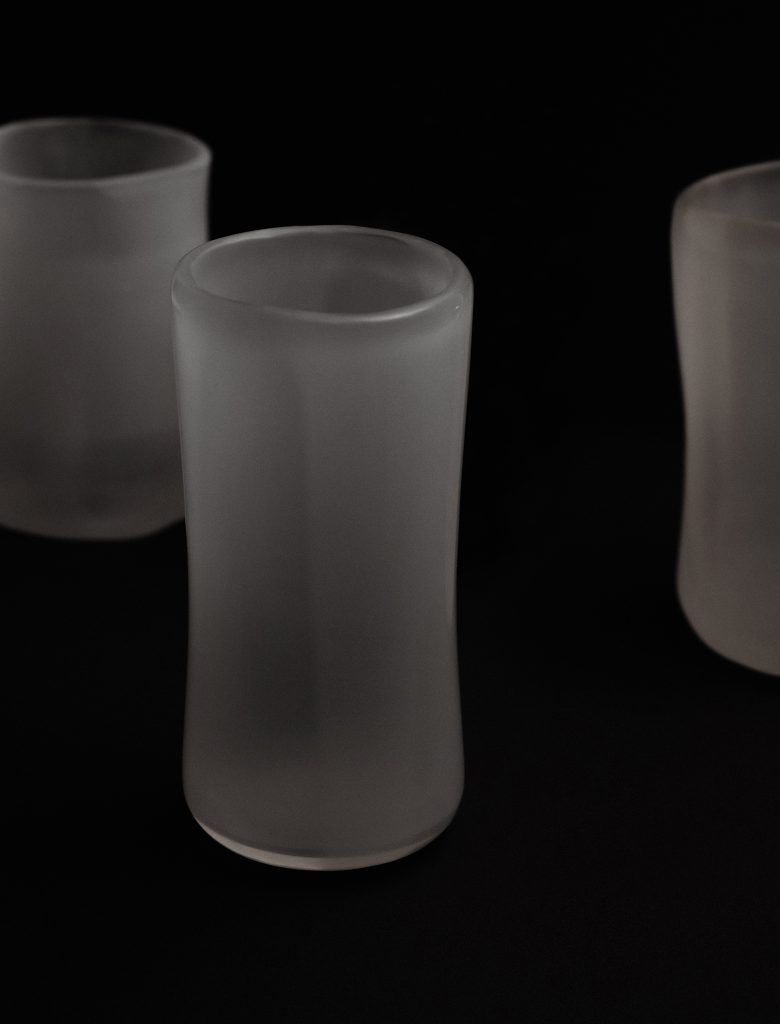

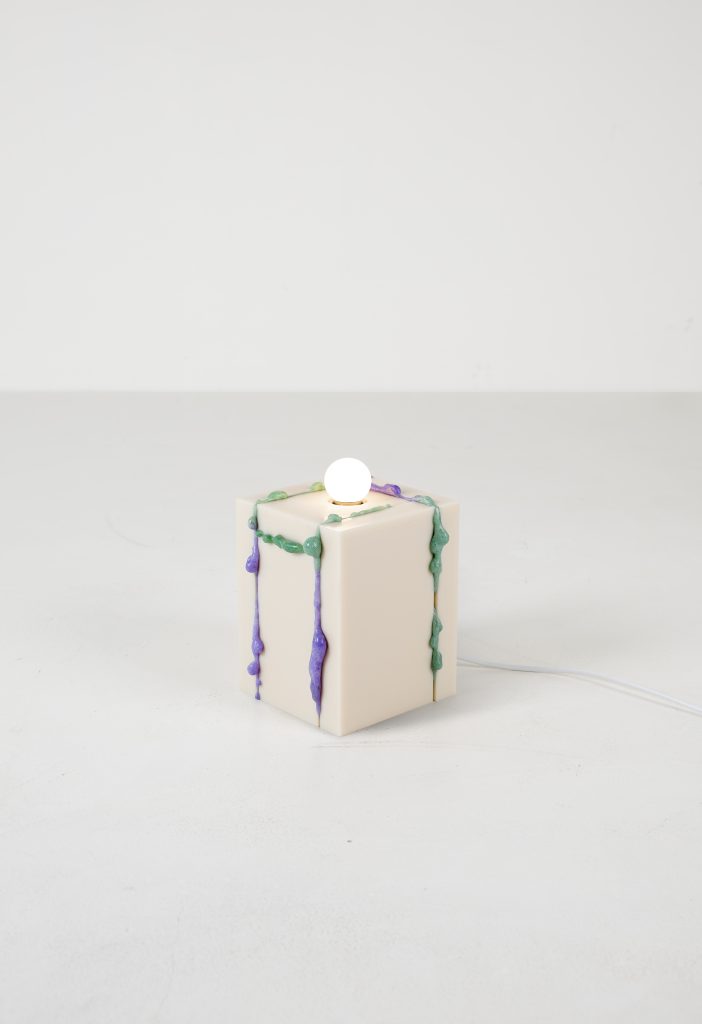

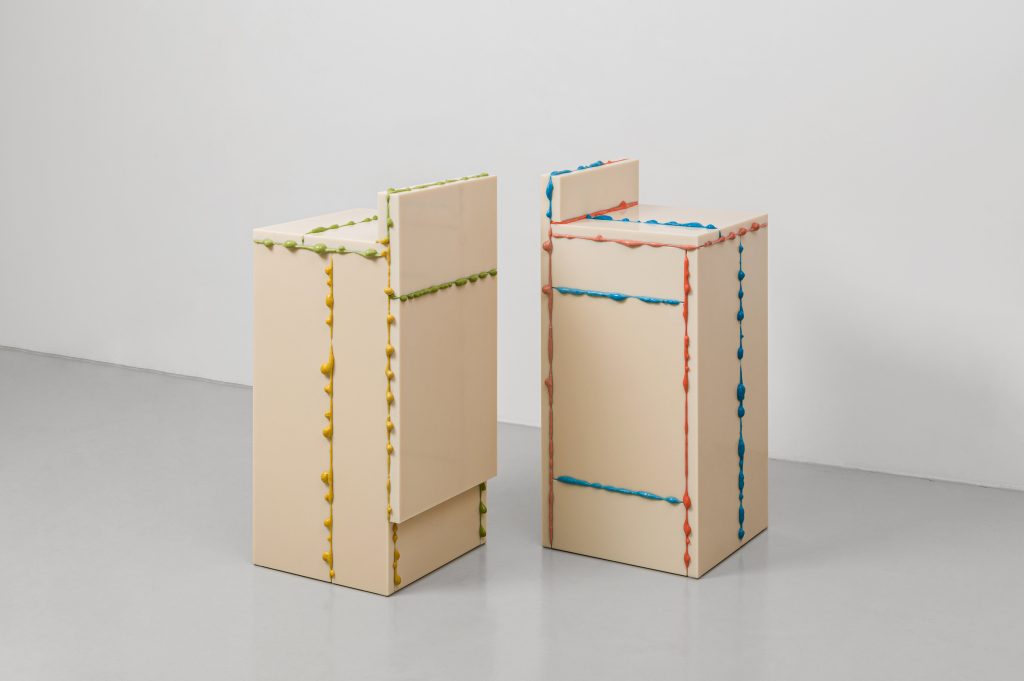

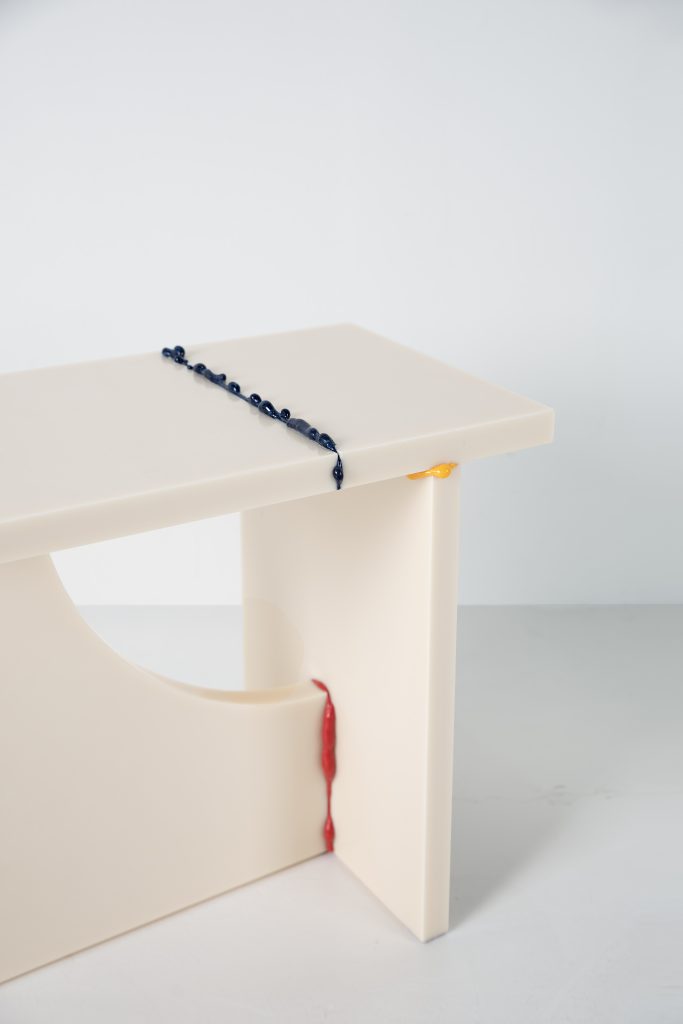

This experimental spirit takes on ecological dimensions in works like Atelier Sohn’s B.S.P. Series. By transforming industrial plastic waste into handcrafted furniture, they challenge our assumptions about mass production and artisanal craft. HEAKO Studio furthers this material dialogue through their T-Lamp and Oblique Glow pieces, which merge geometric precision with functional elegance, drawing inspiration from avant-garde movements while maintaining a distinctly Korean sensibility.
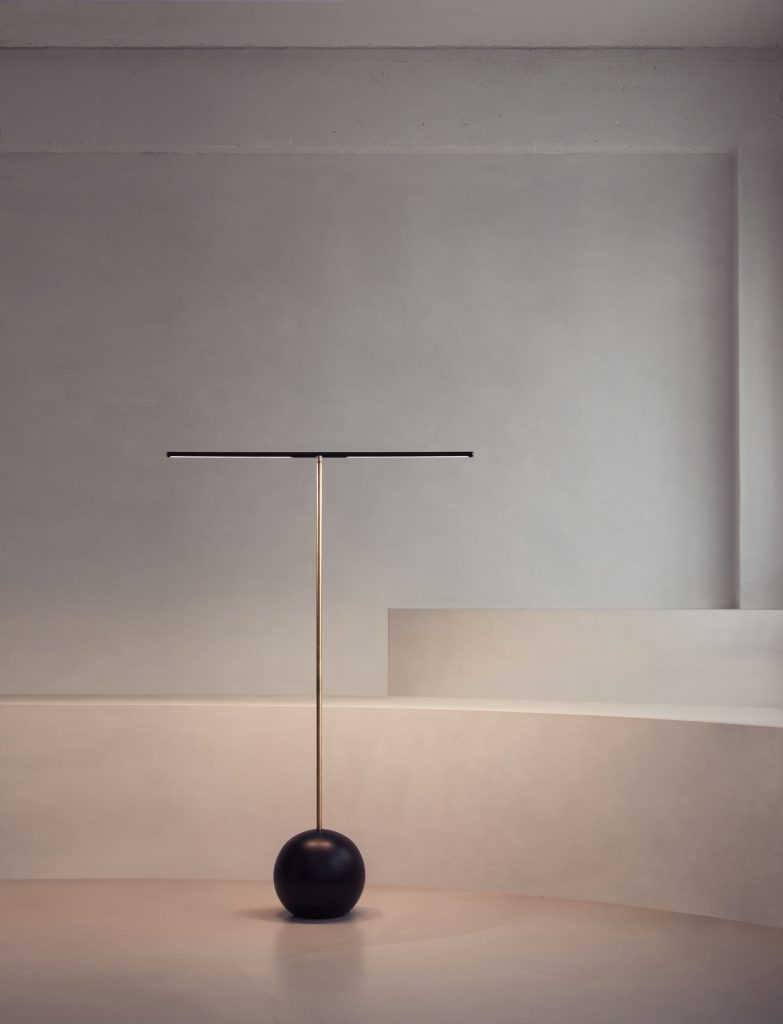



Meditative Forms and Modern Spirituality
Many Korean designers infuse their work with spiritual and philosophical dimensions that transcend pure functionality, drawing from roots of Eastern philosophy. Lee Hyokk’s Invisible Chair series explores meditation through functional sculptures that challenge our perception of space and rest. The series demonstrates how contemporary Korean design often carries deeper cultural resonance while remaining thoroughly modern in execution.


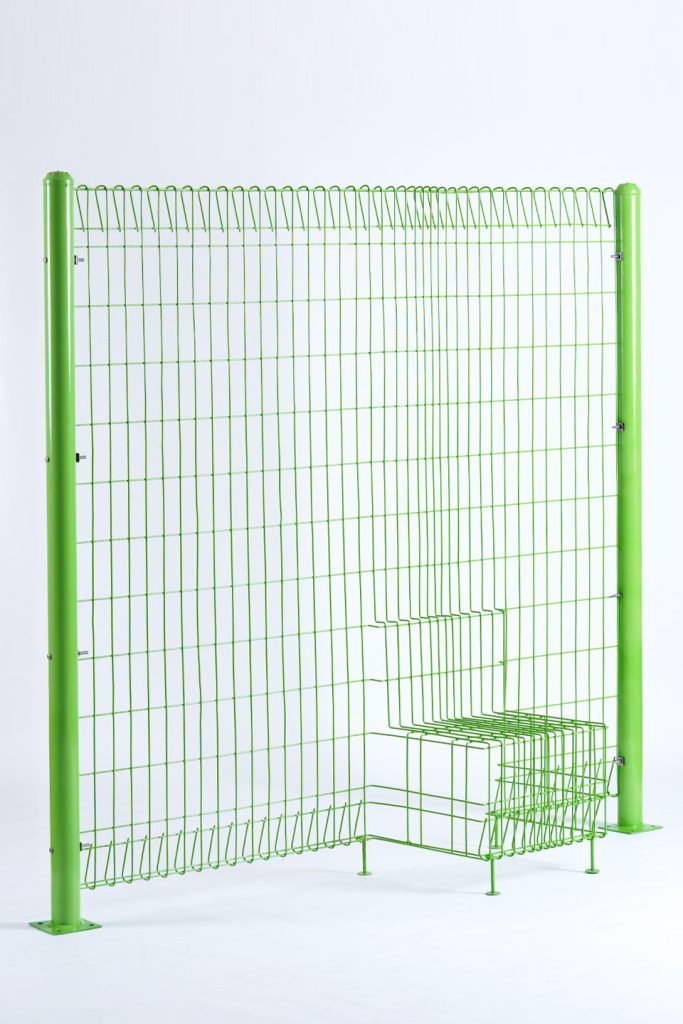

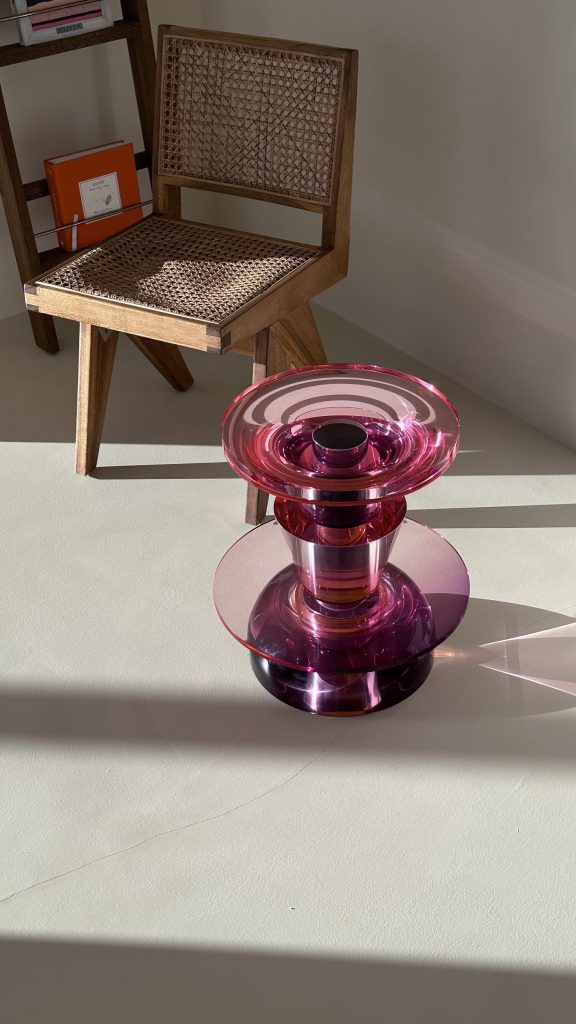

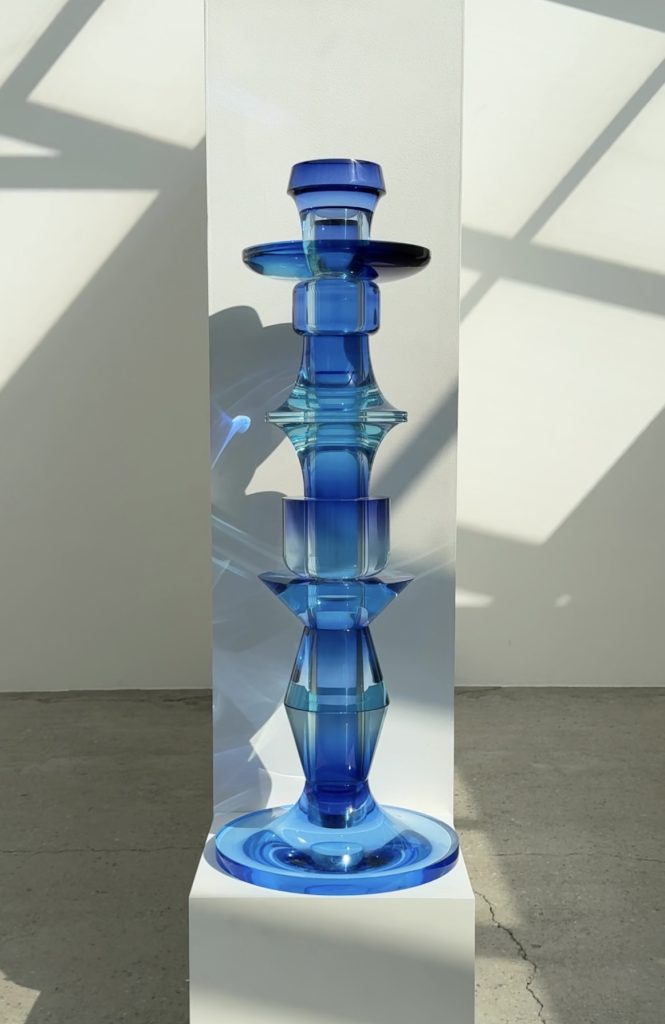

Saerom Yoon‘s work with acrylic in the A Piece of One Day_Pray series similarly bridges traditional concepts with contemporary materials. Inspired by stone stacking – an ancient practice of meditation and prayer – Yoon creates contemplative forms that offer moments of solace in our increasingly chaotic world. Woohyun Han‘s Yunseul series continues this meditative tradition, with pieces like the Yunseul pieces expressing texture through meticulous carving processes that create natural curves and forms, each handcrafted piece unique in its texture and interplay with light.
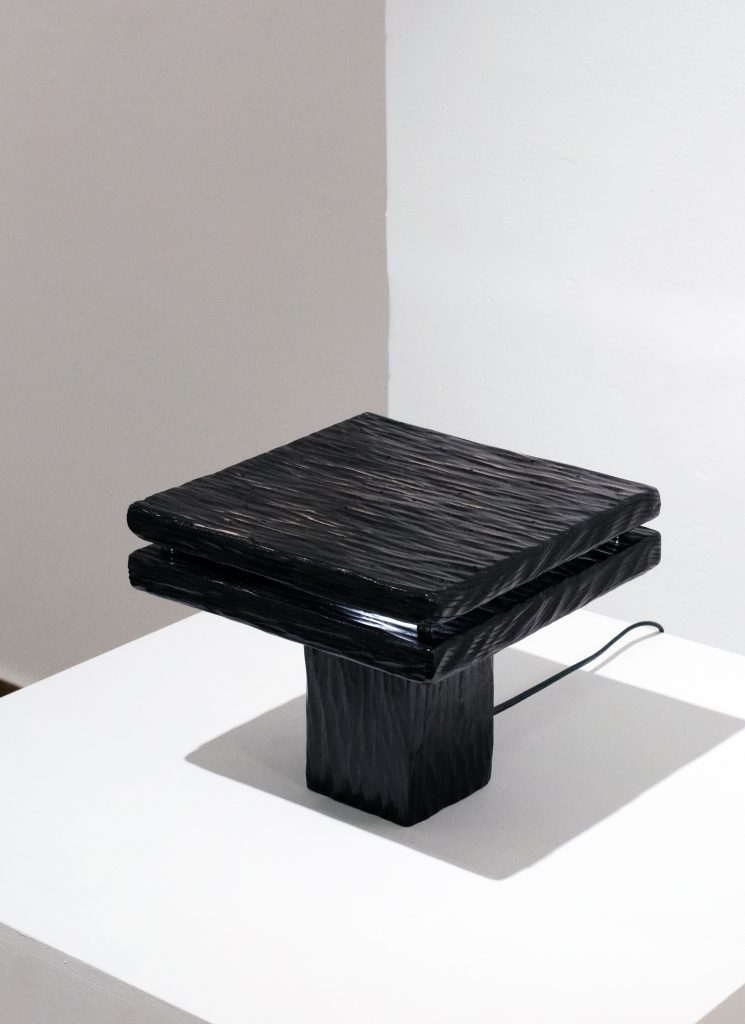

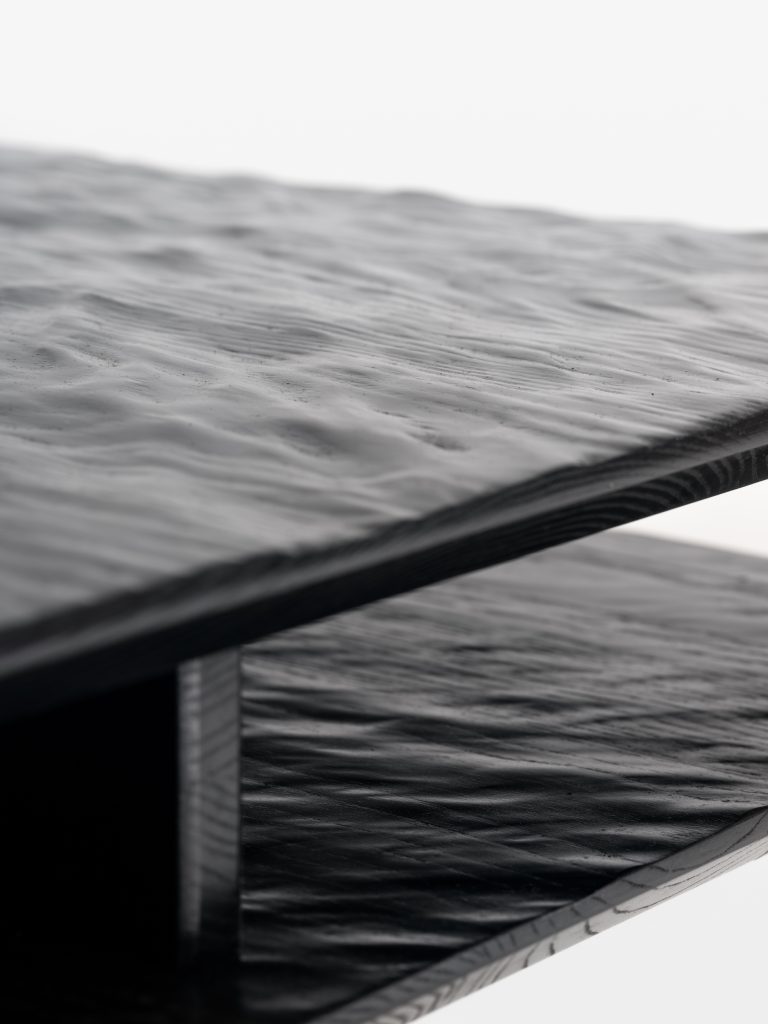

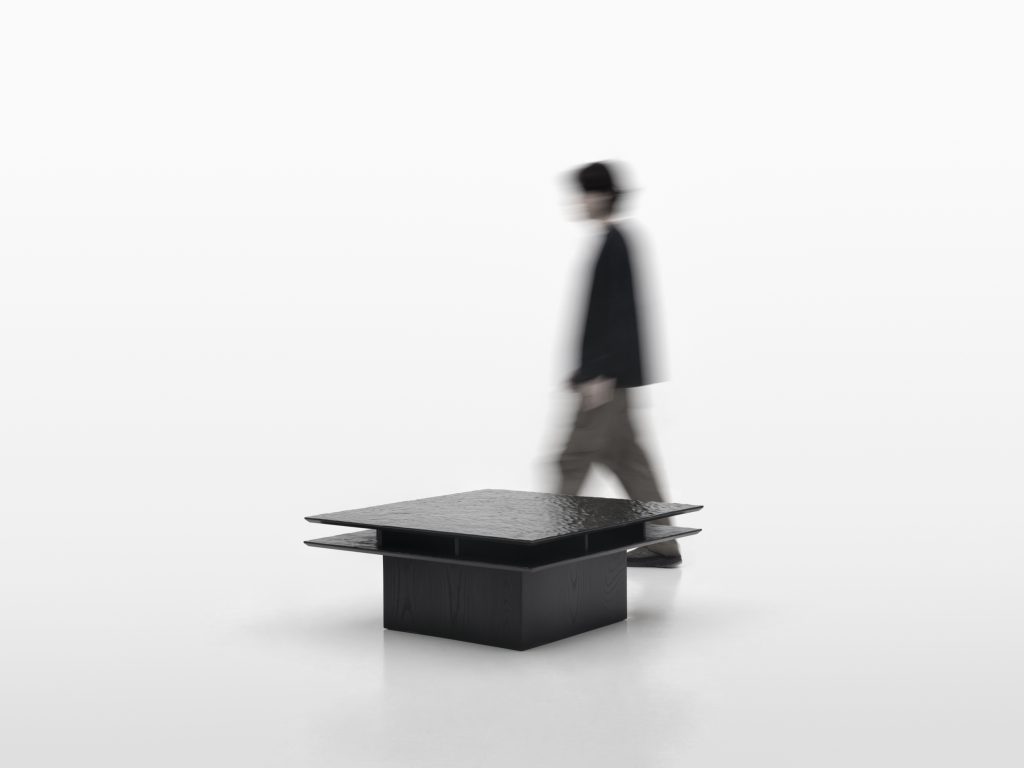





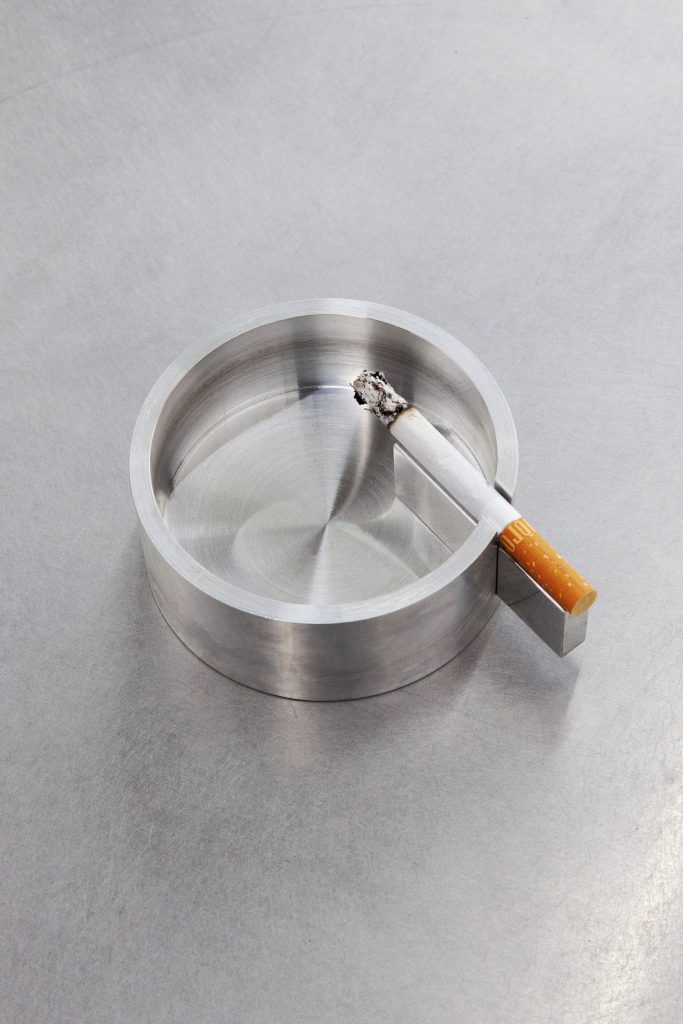

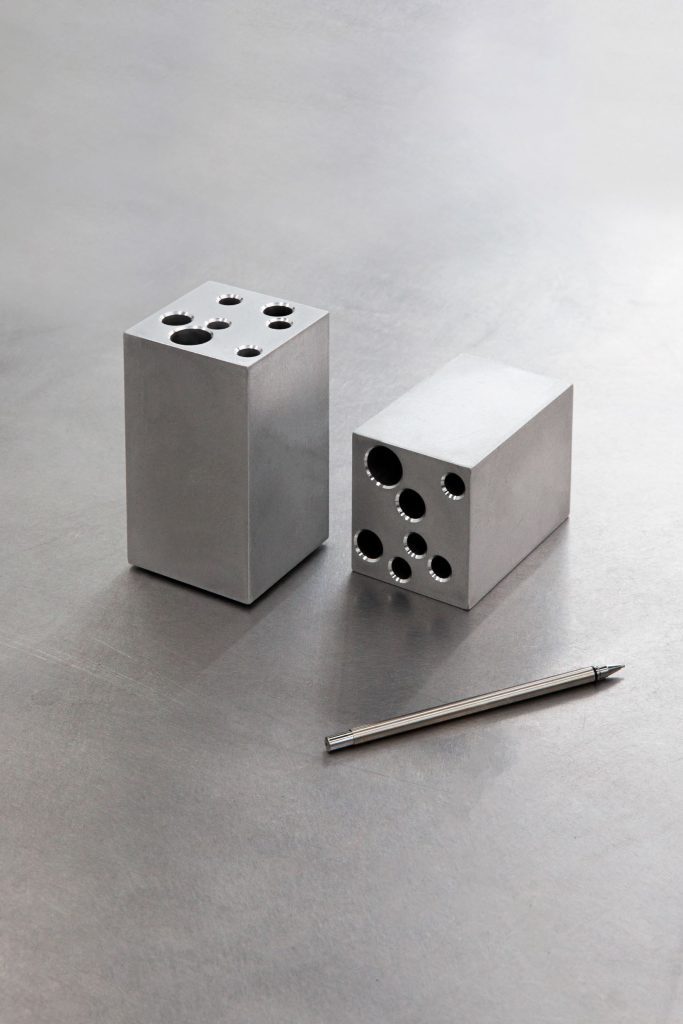

Radical Tradition
The relationship between tradition and contemporary practice in Korean design runs deeper than surface-level aesthetics. Studio PRACTICE exemplifies this through their masterful combination of base materials with noble elements, creating functional artworks that appear like sculptural statements while also inviting interaction. As Park notes, designers like Oneseo Choi “integrate laser cutting and 3D printing to create precise and intricate forms, yet these works maintain a sense of handcrafted beauty and human touch.” This is evident in Choi’s Pattern of Industry series, where geometric patterns created from industrial aluminum profiles transform functional material into aesthetic objects.
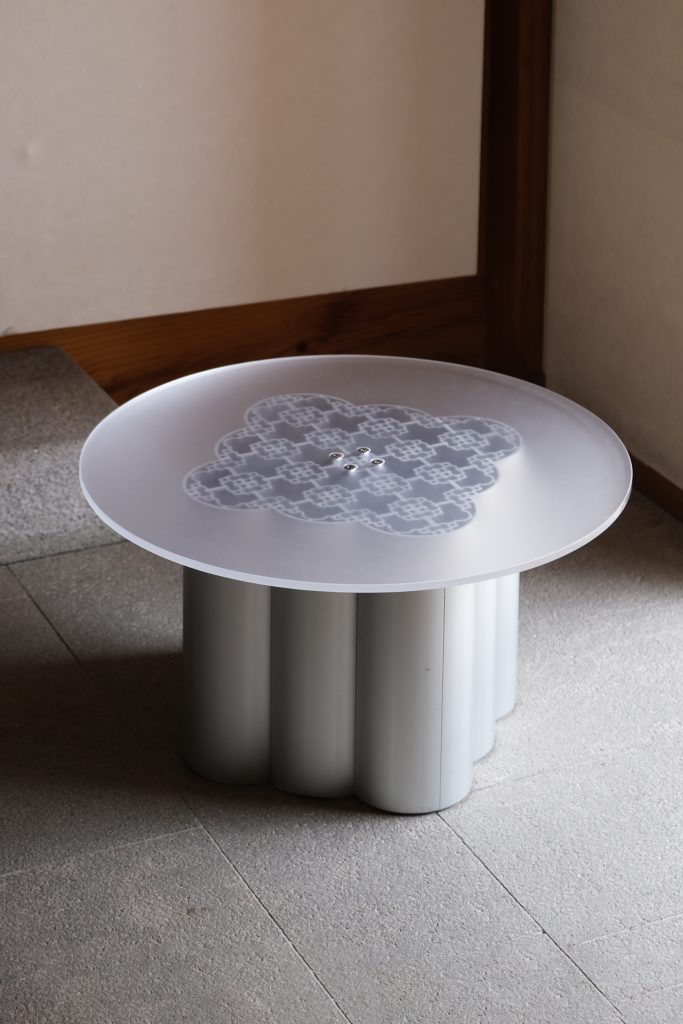

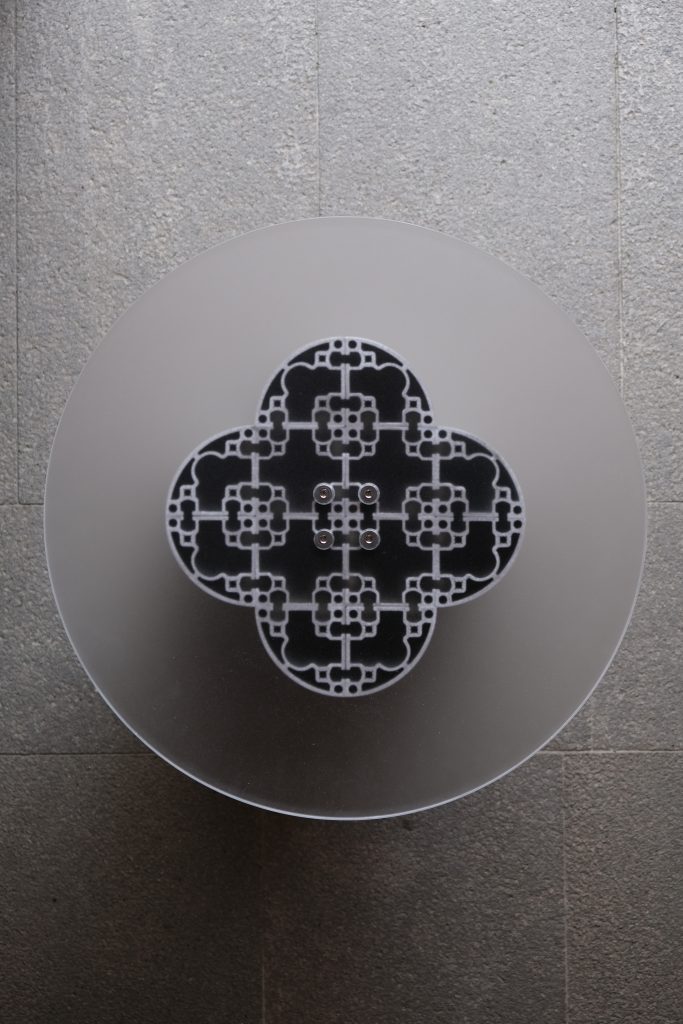

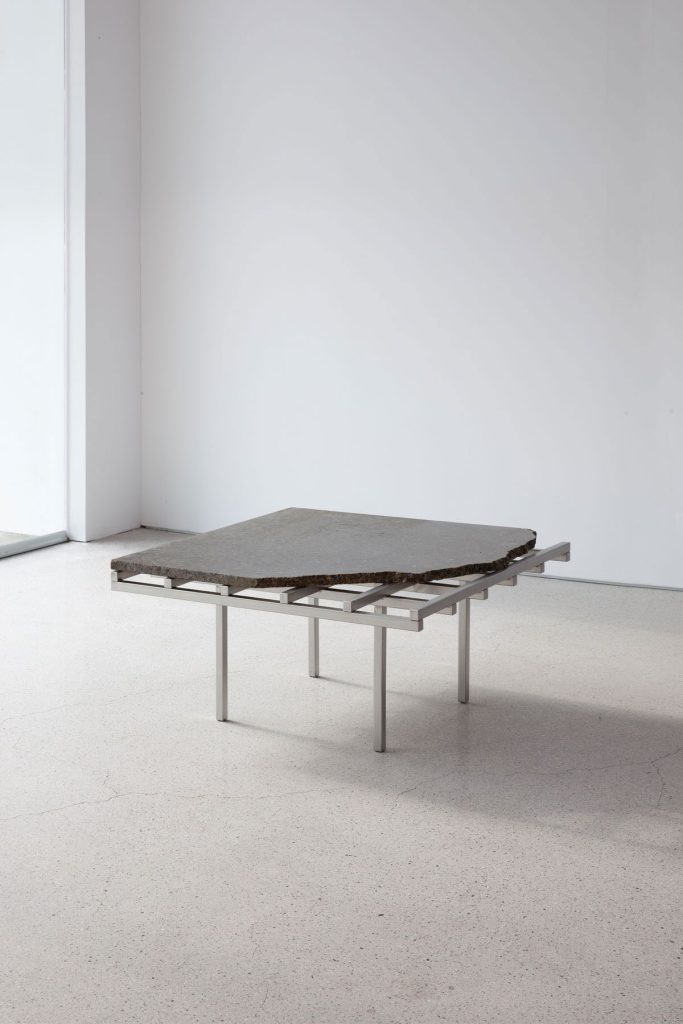

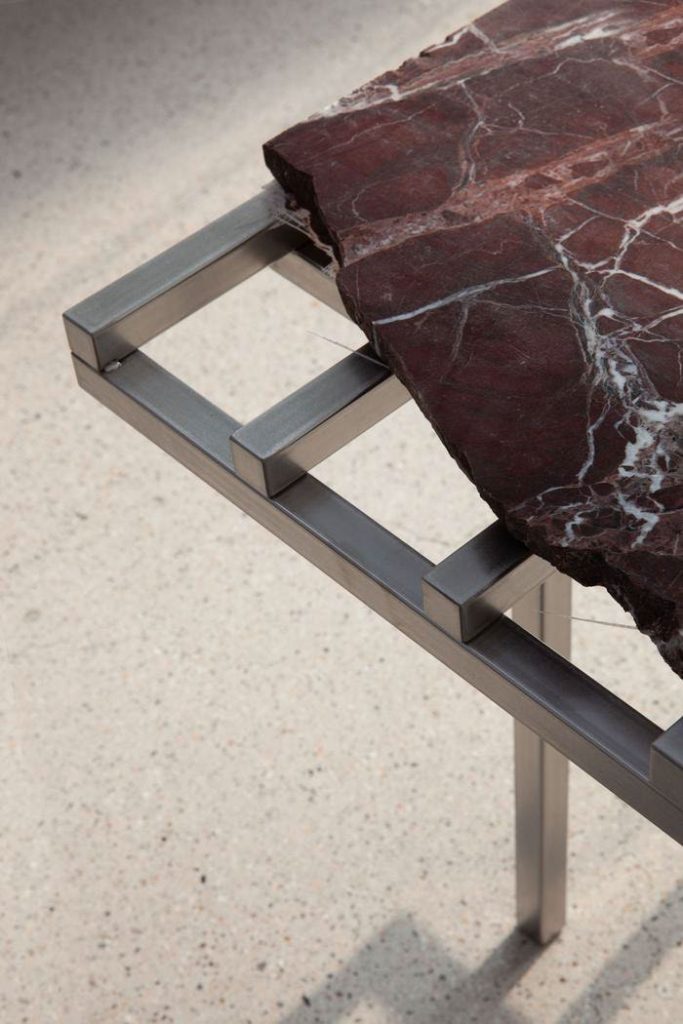

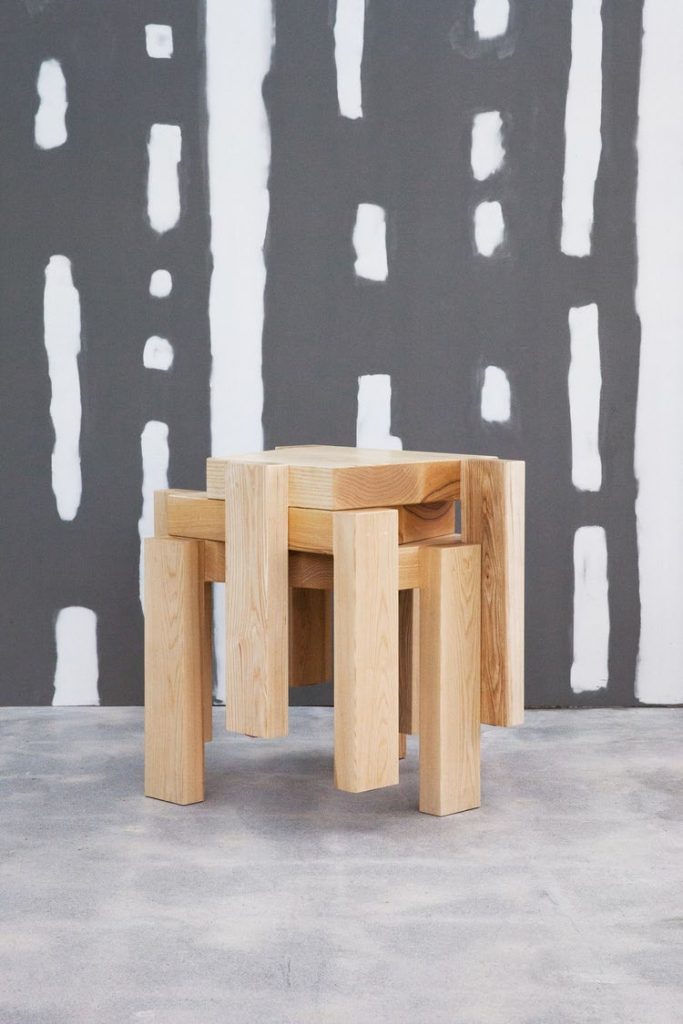

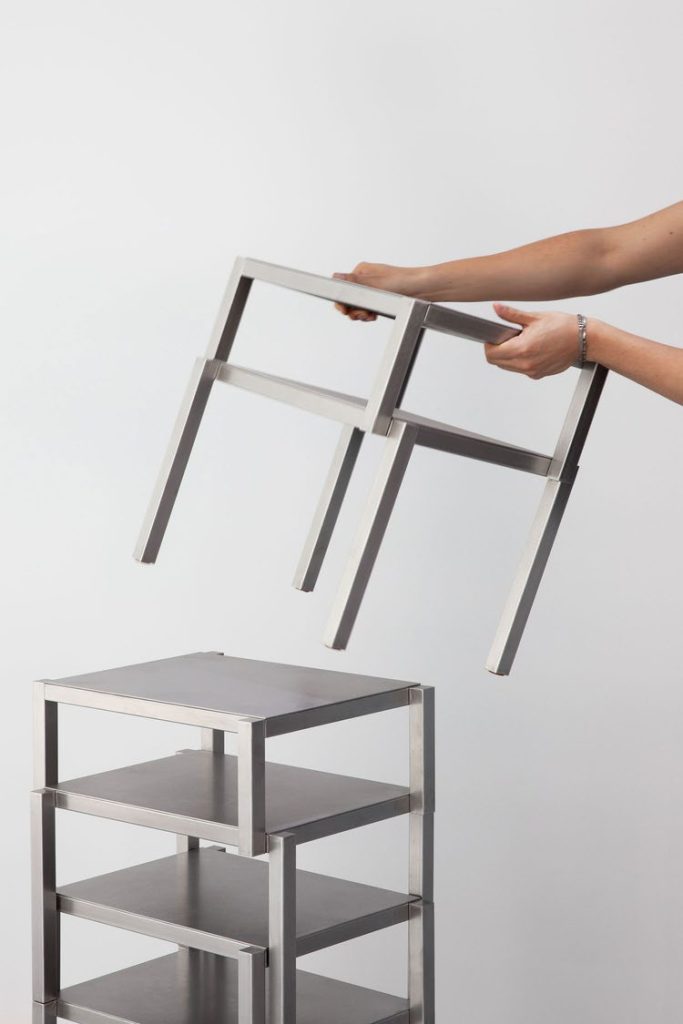

This fluid exchange manifests differently across studios. Greem Jeong’s Mono Series uses industrial materials to create pieces that occupy space like three-dimensional brushstrokes in space, challenging our expectations of both form and function. Yet even in these avant-garde works, there’s an unmistakable connection to Korean aesthetic principles – particularly in their emphasis on negative space and dynamic balance.
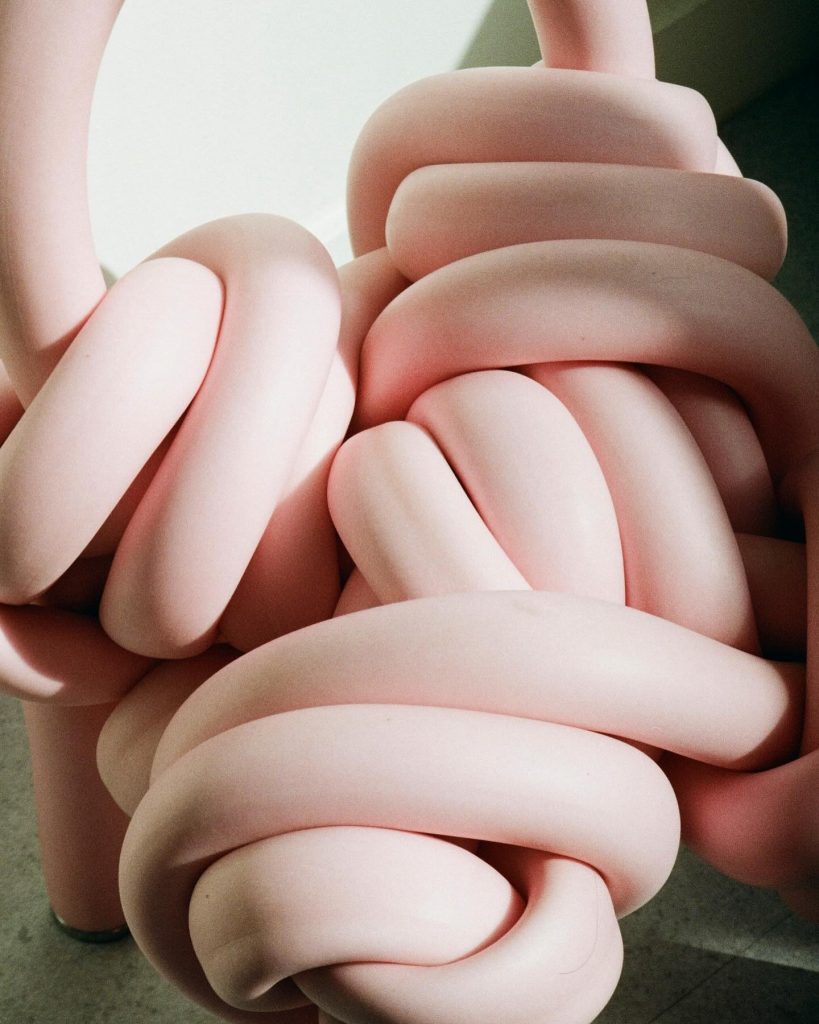

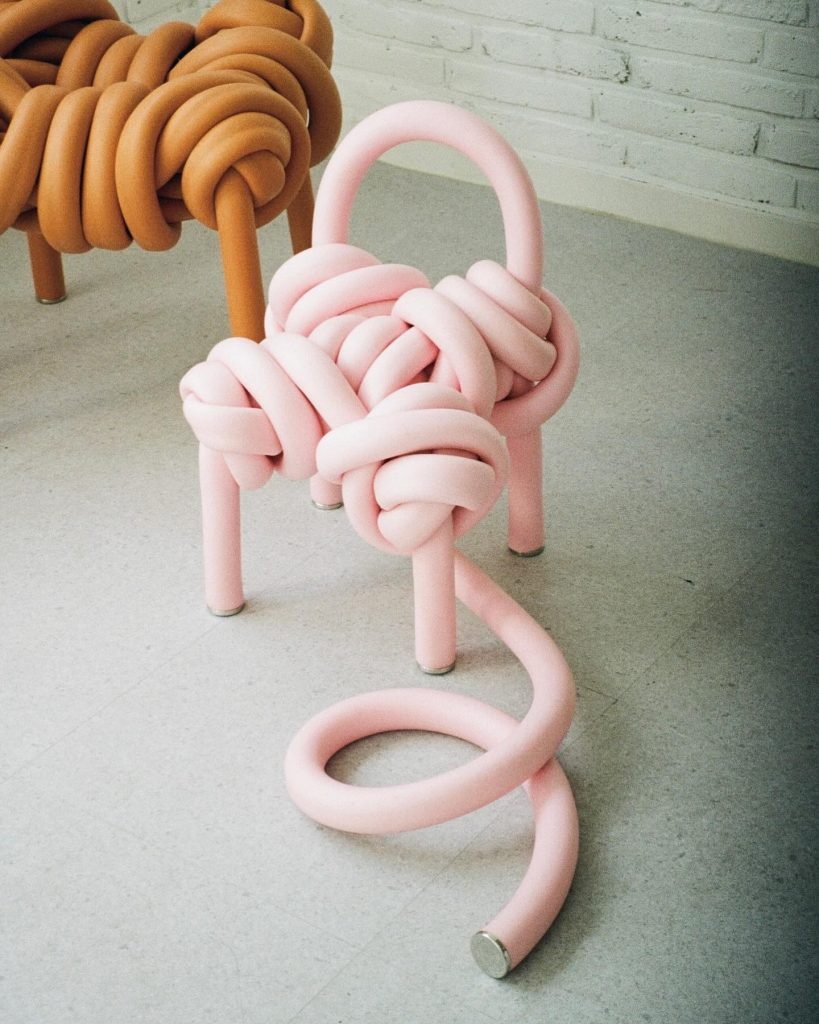

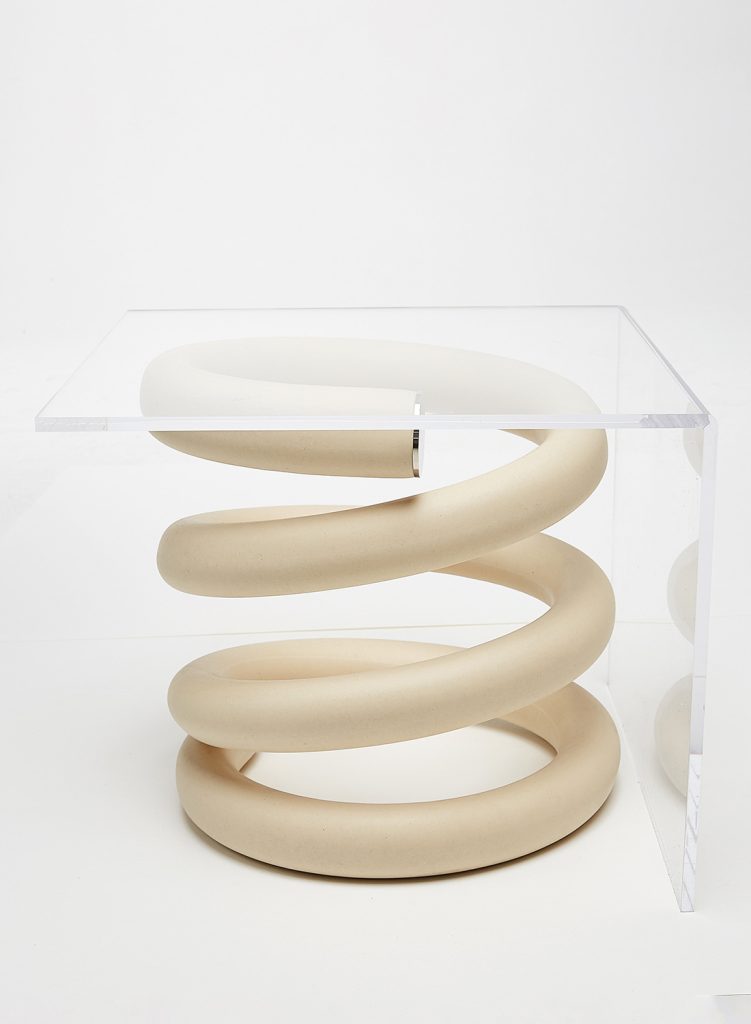

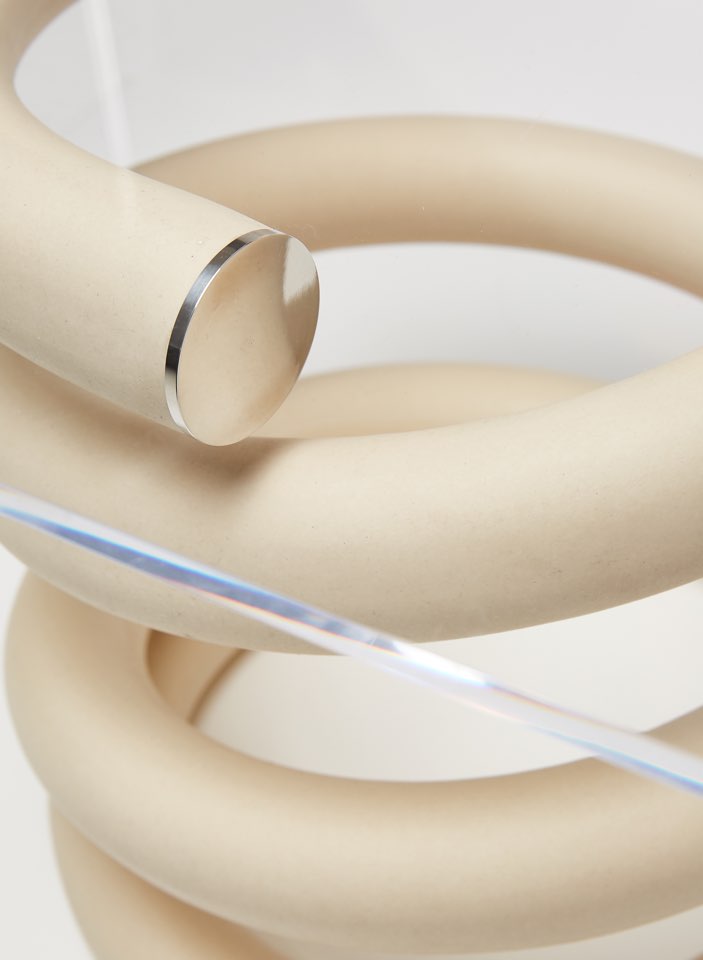

Reshaping the Global Design Dialogue
As Korean design continues to evolve on the global stage, its strength lies in this ability to embrace contradiction: between past and future, between individual vision and collective identity, and between artistic expression and functional necessity. Through this collection, we glimpse not just a moment in design history, but a continuing dialogue that promises to reshape our understanding of contemporary creative practice.
While we’ve become accustomed to viewing Korean creative media as the latest trend to consume and exploit, this attitude fundamentally misses the point. What we’re witnessing isn’t simply another wave in the endless cycle of global design movements – it’s the emergence of a new creative force that demonstrates how cultural identity serves as both an anchor and catalyst for innovation.
It would be shortsighted to think that Korea represents the final word in Asian design’s evolution. However, through their distinctive approach to balancing heritage and innovation, Korean designers are charting a course that others may follow – not as a template to copy, but as proof that cultural authenticity and global relevance are not mutually exclusive. As Park notes, “The interplay between these signals a future for Korean design that is forward-thinking, culturally rich and deep and where tradition is reinterpreted and meets global relevance.” As this creative dialogue continues to evolve, Korean design will undoubtedly remain at the forefront of conversations about how tradition and innovation can coexist and thrive in contemporary practice.
Discover Design Destination: Seoul
-

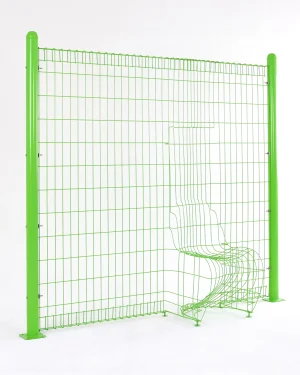 Invisible Panton Chair
Invisible Panton Chair -

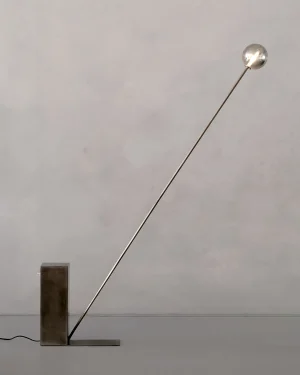 Oblique Glow – Steel Floor Lamp
Oblique Glow – Steel Floor Lamp -

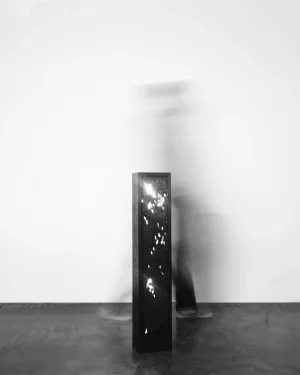 Byeotnwi Series_floor Lamp
Byeotnwi Series_floor Lamp -

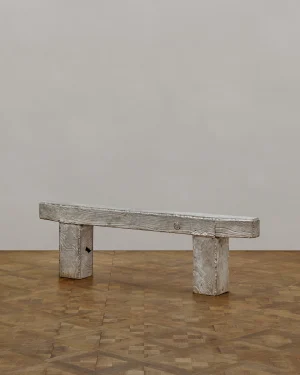 Aluminum Veneer Bench
Aluminum Veneer Bench -

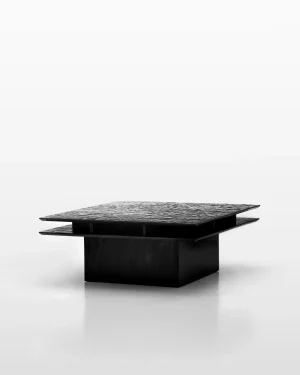 Yunseul Series_low Table 02
Yunseul Series_low Table 02 -

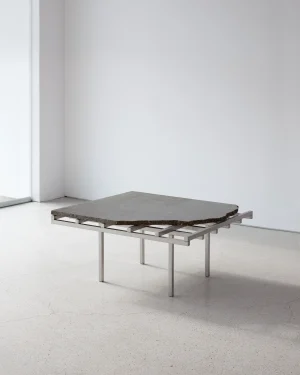 Standard – Marble Slab Coffee Table
Standard – Marble Slab Coffee Table -

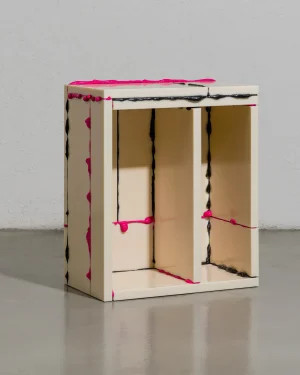 B. S. P Series – Recycled Plastic Cabinet
B. S. P Series – Recycled Plastic Cabinet -

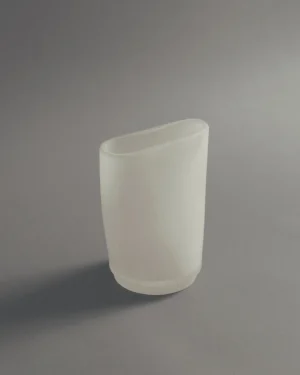 Half 2 – Acrylic Vase
Half 2 – Acrylic Vase -

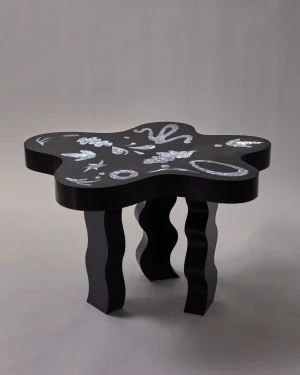 Jagae – Wood & Mother Of Pearl Coffee Table
Jagae – Wood & Mother Of Pearl Coffee Table -

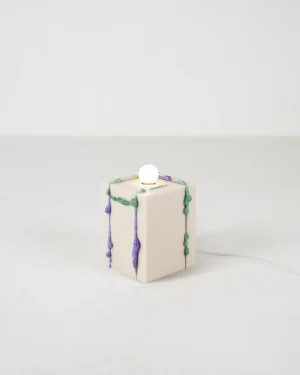 B. S. P Series – Recycled Plastic Table Lamp
B. S. P Series – Recycled Plastic Table Lamp -

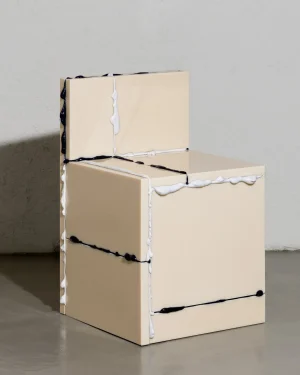 B. S. P Series – Recycled Plastic Chair
B. S. P Series – Recycled Plastic Chair -

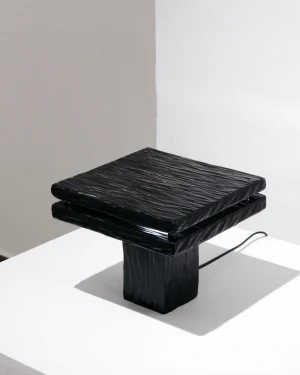 Yunseul Series_lamp
Yunseul Series_lamp -

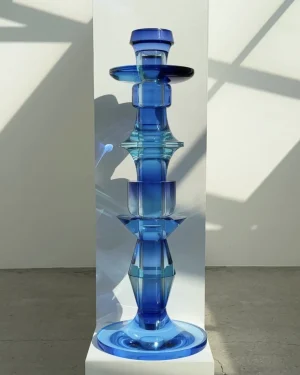 A Piece Of One Day_pray 04 – Acrylic Pedestal
A Piece Of One Day_pray 04 – Acrylic Pedestal -

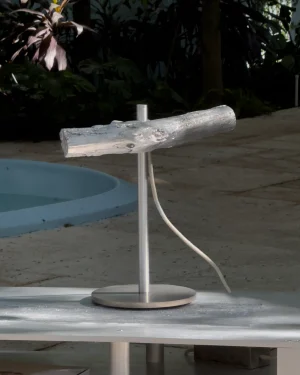 Aluminum Veneer Lamp
Aluminum Veneer Lamp -

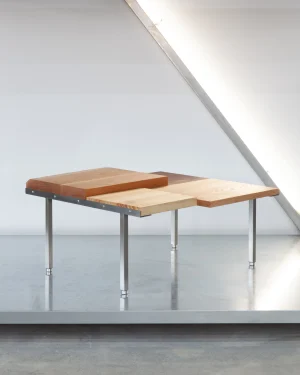 Nonstandard 2 – Discarded Wood Coffee Table
Nonstandard 2 – Discarded Wood Coffee Table -

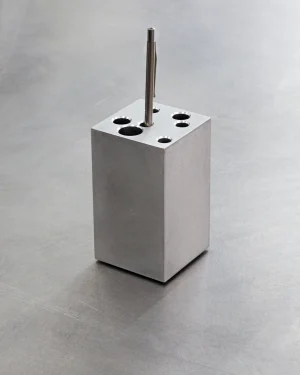 Pen Holder – Solid Aluminum Block
Pen Holder – Solid Aluminum Block -

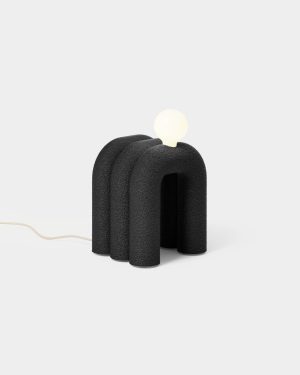 Mono Series 03 – Table Lamp
Mono Series 03 – Table Lamp -

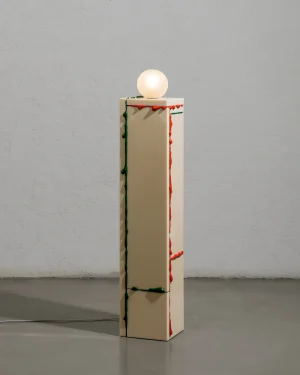 B. S. P Series – Recycled Plastic Floor Lamp
B. S. P Series – Recycled Plastic Floor Lamp -

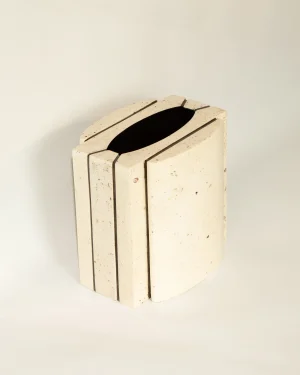 Hui Vase – Recycled Oyster Shells
Hui Vase – Recycled Oyster Shells -

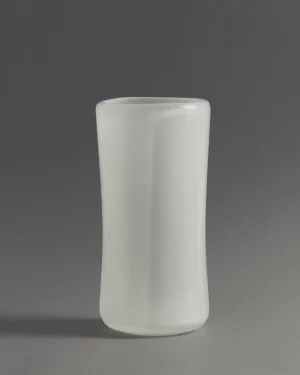 Half I – Acrylic Vase
Half I – Acrylic Vase -

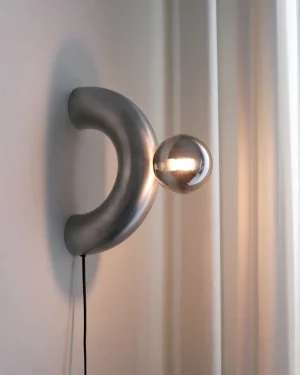 Arcora Toplight- Aluminum Arc Lamp
Arcora Toplight- Aluminum Arc Lamp -

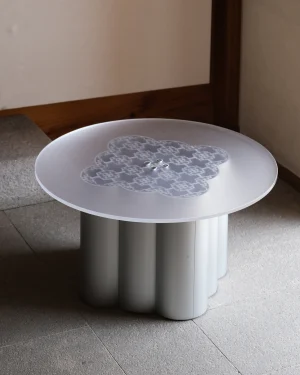 Pattern Of Industry – Pf60 Aluminum Low Table 02
Pattern Of Industry – Pf60 Aluminum Low Table 02 -

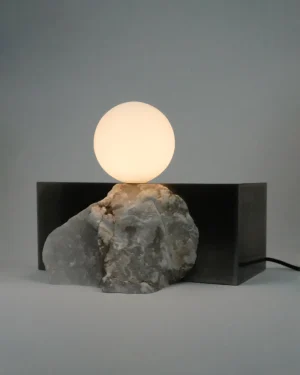 Himalaya Lunar Horizontal Alabaster Lamp
Himalaya Lunar Horizontal Alabaster Lamp -

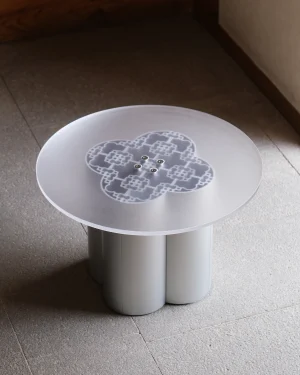 Pattern Of Industry – Pf60 Aluminum Low Table 01
Pattern Of Industry – Pf60 Aluminum Low Table 01 -

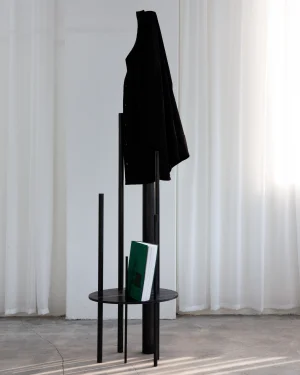 Standing Hanger – Sculptural Free-standing Coat Rack
Standing Hanger – Sculptural Free-standing Coat Rack -

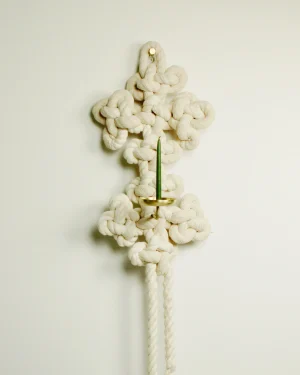 Maedeup – Two Bees Sconce Candleholder
Maedeup – Two Bees Sconce Candleholder -

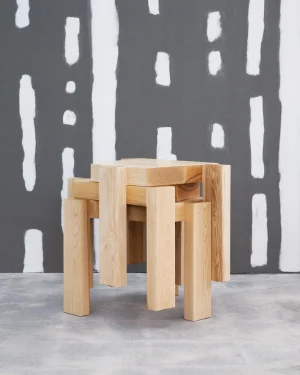 Stackable Stool 3 – Solid Ashwood
Stackable Stool 3 – Solid Ashwood -

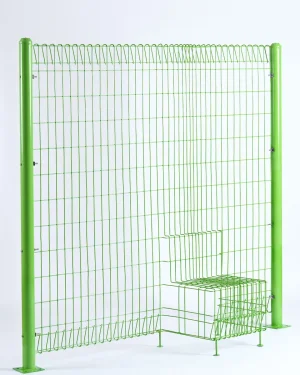 Invisible Chair No. 1 – Steel Wall Chair
Invisible Chair No. 1 – Steel Wall Chair -

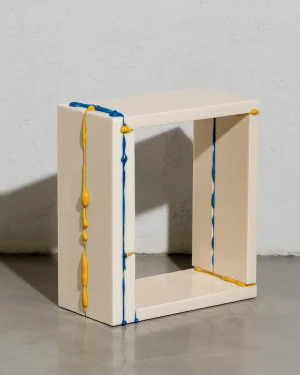 B. S. P Series – Recycled Plastic Side Table
B. S. P Series – Recycled Plastic Side Table -

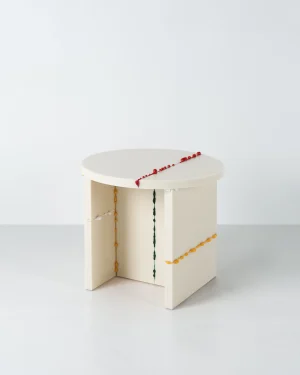 B. S. P Series – Recycled Plastic Side Table
B. S. P Series – Recycled Plastic Side Table
